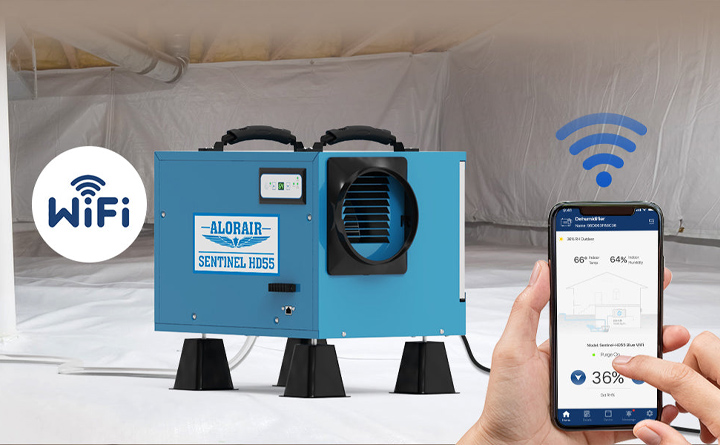WiFi dehumidifiers turned out to be a real revolution in the home technology universe. But, are WiFi dehumidifiers worth it? The short answer is ‘Yes’, they bring actual benefits. WiFi-enabled units permit smart humidity management through a WiFi App, providing comfort, enhanced indoor air quality, and long-lasting energy savings. Today’s blog will discuss the exact value of wiFi dehumidifiers by weighing prices and advantages with precision and evidence.
Why Humidity Control Matters in the First Place?
Maintaining the right humidity is crucial to your well-being, satisfaction, and the overall condition of your home.
- Optimal RH levels: Professionals recommend an indoor relative humidity range of 40%-60% for optimal health and comfort. This extent lowers irritants, assists immunity, and enhances skin and breathing comfort.
- Dangers of increased dampness: Humidity beyond 60% encourages dust mites, mold, and bacteria, and that can lead to respiratory issues, allergies, and damp smells. Also, mold harms drywall, wood, and finishes, resulting in expensive repairs.
Unsafe Regions:
- Crawlspaces and basements capture dampness because of bad ventilation and ground dampness.
- Commercial areas (such as warehouses, archives) require strict atmospheric control to save easily damaged goods.
The Extra Costs of WiFi Dehumidifiers
Operating a smart dehumidifier brings a few extra costs above typical models:
-
- Upfront Purchase Cost: WiFi-enabled dehumidifiers are mostly valued at 20 to 30% extra as compared to non-WiFi models because of additional connectivity and hardware. These upfront costs show the improved control and performance.
- App Subscription or Firmware Costs: The Majority of wifi setups function through a Wi-Fi app that is freely given with the device. Special models might need a one-time firmware upgrade cost; however, most prevent continuous subscriptions.
- Energy Consumption Differences: According to research, the WiFi dehumidifier supervision through automation or an app can boost efficiency. Such tools lower operating time by about 10-20% to manual settings, causing reduced energy usage lifelong.
- Upkeep Considerations: WiFi models require similar filter maintenance as typical units. Moreover, users must upgrade the firmware and Wi-Fi modules sometimes. Generally, these improvements happen automatically, lowering effort.
The Benefits of Owning a WiFi Dehumidifier
Here are the amazing rewards of investing in a smart dehumidifier WiFi with pump:
Remote Monitoring and Control
A WiFi dehumidifier for basement or crawl space removes the requirement for manual checks in regions that are mostly hard or unpleasant to reach. Utilizing a special WiFi app, users can:
- Regulate humidity setpoints immediately.
- Shift between modes like auto, continuous, or timer.
- Get alerts when the tank is full, a leak is found, or an error happens.
This remote access is especially beneficial for rental properties, vacation houses, and big facilities where models are allocated across several zones. As stated by EPA research, keeping relative humidity (RH) between 40% to 50% is necessary for avoiding mold and irritants; Wifi connectivity guarantees you sustain this extent constantly without physical interference.
Energy Savings Over Time
Automatic scheduling and features lower unessential runtime. For instance:
- The dehumidifier operates only when sensors notice humidity over a set threshold.
- Users can plan routine or weekly schedules that meet facility or household patterns.
Research on smart HVAC systems revealed that automation minimizes energy usage by 10-20%. Smart dehumidifiers involve a similar principle, improving efficiency and reducing energy bills. Over several years, these savings can nullify the initial higher charges of purchase.
Protection for High-Value Spaces
Humidity-sensitive settings such as art galleries, wine cellars, libraries, and archives need balanced dampness. Changes as minor as 5% Rh can harm wood, paintings, or paper-based collections. Similarly, in industrial stock facilities or data centers, too much humidity quickens corrosion and boosts tool breakdown rates.
A smart dehumidifier confirms these valuable areas remain safe by combining real-time tracking with precision control. In commercial usage, this prevention prevents catastrophic losses that far outweigh the device cost.
Peace of Mind with Alerts and Notifications
WiFi-enabled units provide early warnings about potential issues before they worsen. Notifications include:
- Water tank overflow risk.
- Filter maintenance reminders.
- Power interruptions or system malfunctions.
These alerts allow proactive action, reducing downtime and preventing structural or property damage. This feature is important for owners controlling remote areas like seasonal homes or crawlspaces.
Data Tracking and Long-Term Insights
Not like ordinary dehumidifiers, a WiFi dehumidifier records humidity data over time. Homeowners or facility managers can
- Monitor seasonal dampness trends.
- Recognize problem spaces where RH increases often.
- Modify settings depending on historical performance.
This level of smart humidity control assists both cost-efficacy and convenience by producing data-driven control strategies.
Multi-Device and Multi-Zone Management
The capacity to manage multiple tools under one account is a big benefit for restoration experts, property managers, or businesses with several storage areas. Rather than inspecting every commercial dehumidifier by hand, users track and adjust all models via one app interface, saving labor and time.
Integration with Smart Home Ecosystems
Numerous WiFi dehumidifiers integrate with Alexa, Google Home, or IFTTT. This supports remote operation via voice instructions and innovative automation, like syncing dehumidifier activity with HVAC activity. When integrated, these setups keep superior indoor air quality while lowering prices.
Are WiFi Dehumidifiers Worth It? (Cost vs. Benefits Breakdown)
Absolutely, although they have higher initial costs, WiFi dehumidifiers are energy efficient due to smart scheduling, upgrade indoor air quality, and are remotely controlled.
That said, they are particularly beneficial for damp spaces, basements, and properties stocking delicate goods. With time, the protection and savings cancel out the additional expense.
WiFi vs. Non-WiFi Dehumidifiers: Which Should You Choose?
| Feature | Non-WiFi Model | WiFi Model |
| Upfront Cost | Lower cost | 20–30% higher (due to connectivity hardware) |
| Use Control | Manual settings only | Smart control via app and remote access |
| Energy Efficiency | Relies on manual programming | Improves efficiency through scheduling and monitoring |
| Maintenance Alerts | None | Alerts for full tank, humidity spikes, or errors via WiFi |
| Best Use Cases | Dry climates, small spaces | WiFi dehumidifier for basement, large homes, or commercial use |
When basic models are enough
A normal model might suit your needs if you are staying in a dry climate or control a small area, such as hotel rooms or apartments. These dehumidifiers offer efficient humidity management at a reduced buying price and easier upkeep.
When WiFi is reasonable
Think about a WiFi-enabled dehumidifier when your house has many dampness zones (such as a crawl space or basement), or when you store delicate goods (documents, wine, artwork).
Smart warnings and remote management lower labor and worry. Controlling numerous models or properties, like rental units or holiday houses, gains notably from app access.
Other Cost-Effective Alternatives for Humidity Control
Surprisingly, without putting money into a WiFi dehumidifier, you can follow budget-friendly techniques to control dampness:
- Use a Hygrometer with a Normal Dehumidifier: Observe RH by hand and modify settings. This strategy yet manages humidity minus advanced technology charges.
- Utilize Smart Plugs with Timers: Combine a timer-enabled plug and a typical dehumidifier to plan operation.
- Install Whole-House Dehumidifier Systems: These comprehensive setups offer continuous RH control for big properties. But they need expert installation and large initial costs.
Final Thoughts
WiFi dehumidifiers bring beyond a simple modern comfort. Though they are a bit costly beforehand, their advanced features, involving WiFi App control, scheduling, and actual tracking, provide lasting savings by avoiding energy misuse and lowering maintenance concerns. Property managers, businesses, and individuals who need accurate environmental control see high value.
Take Control of Humidity with AlorAir Smart Dehumidifiers!
Do not allow extra humidity to damage your house or business. Delve into a variety of Alorair’s smart dehumidifiers with WiFi capacity, energy-saving layouts, and integrated pumps for smooth drainage. Visit Alorair now to discover the best dehumidifier for your requirements and meet top-tier moisture control.



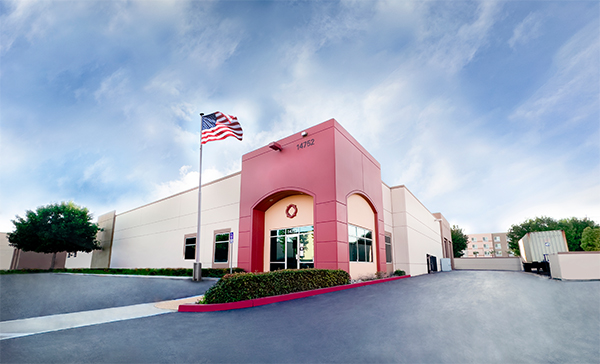

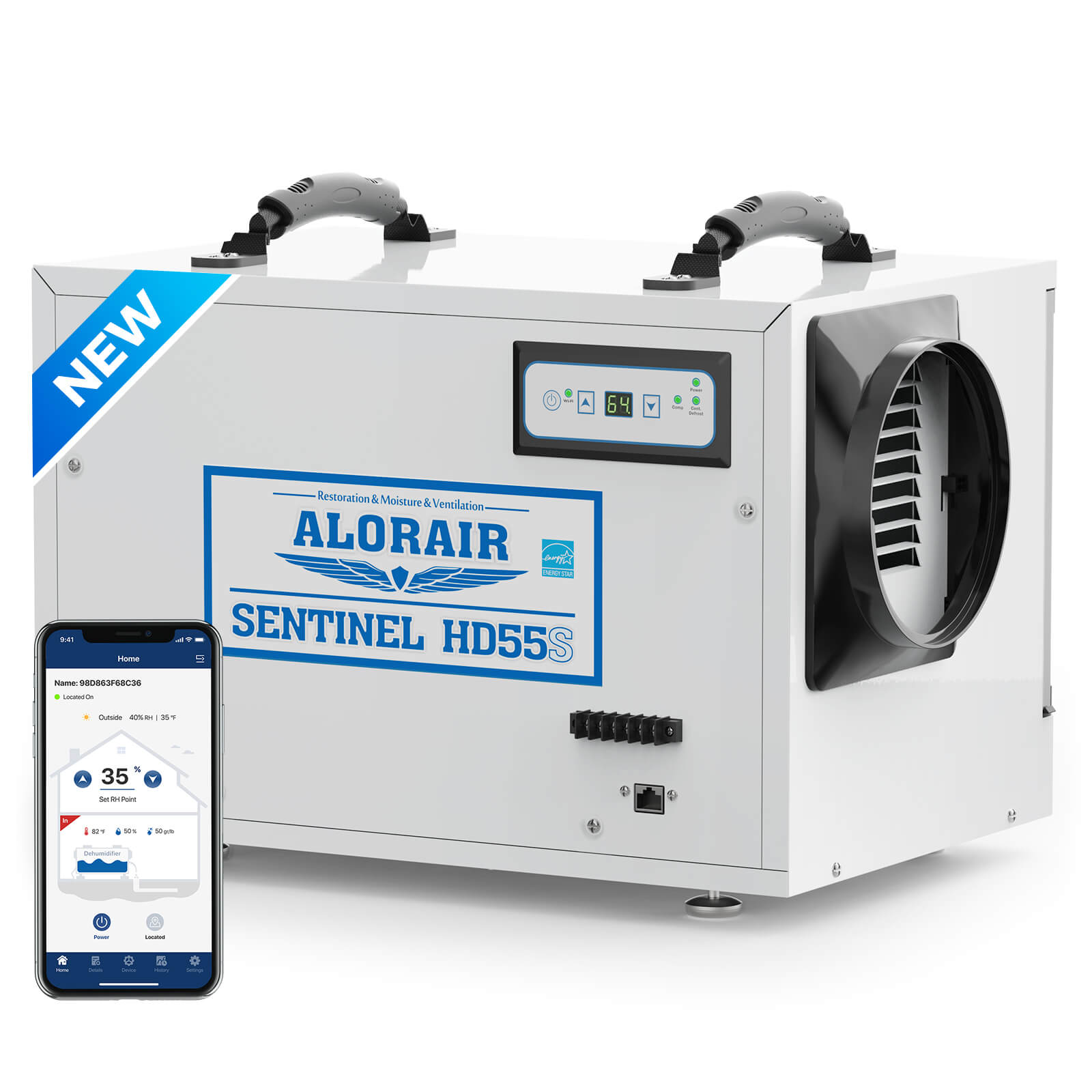
-(1).png)
.jpg)
.jpg)
.jpg)
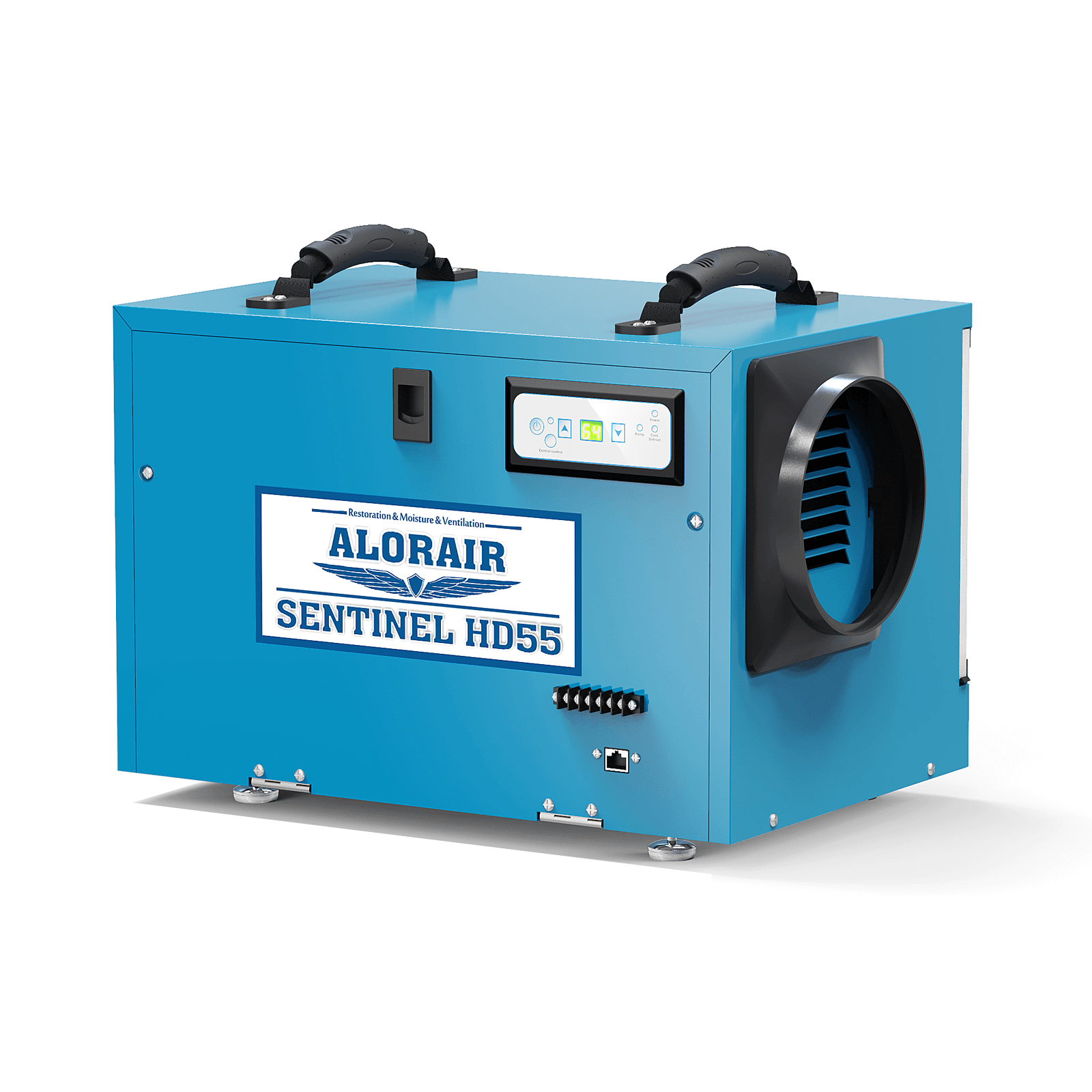
.jpg)
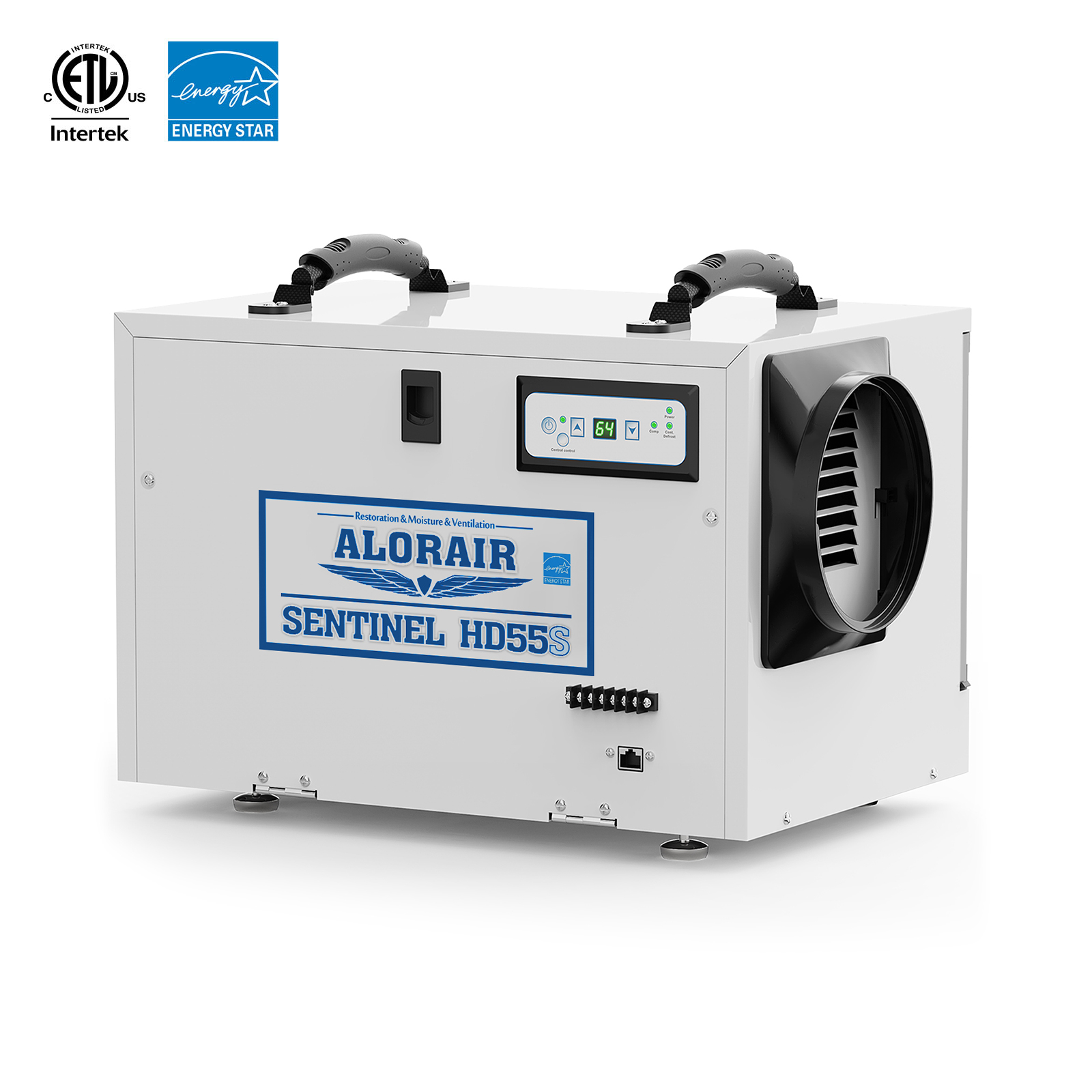
.HDi90.png)
.HD90.png)
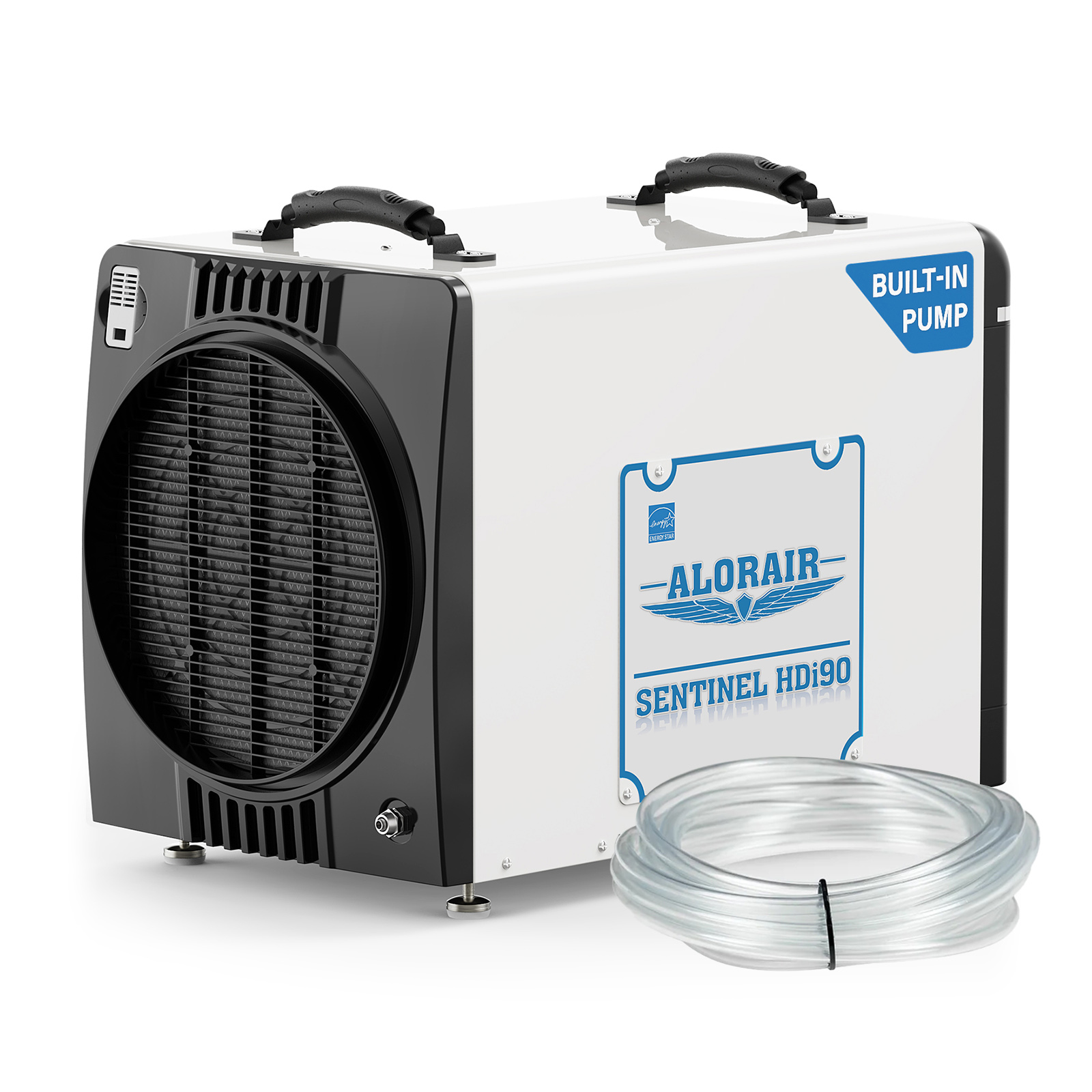
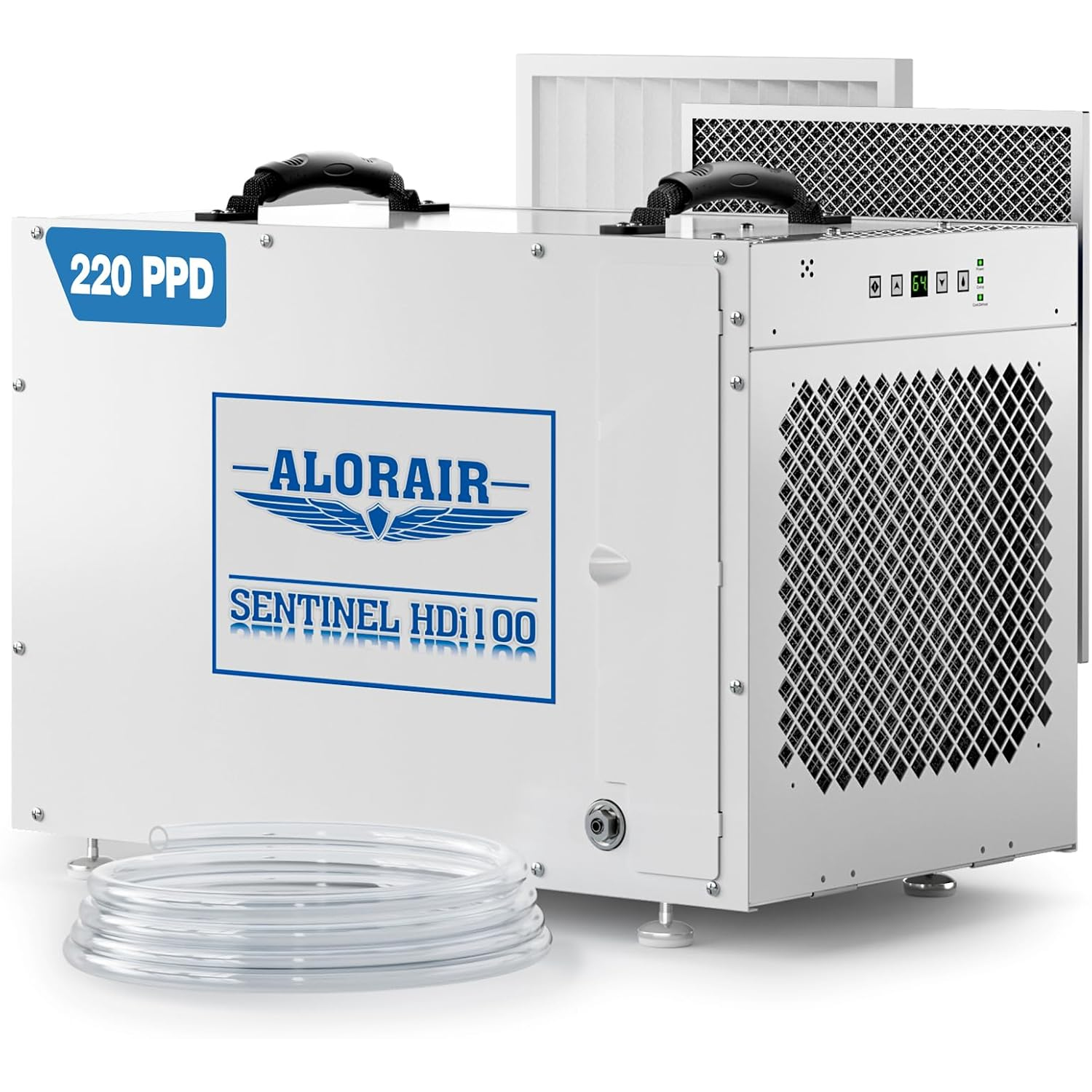
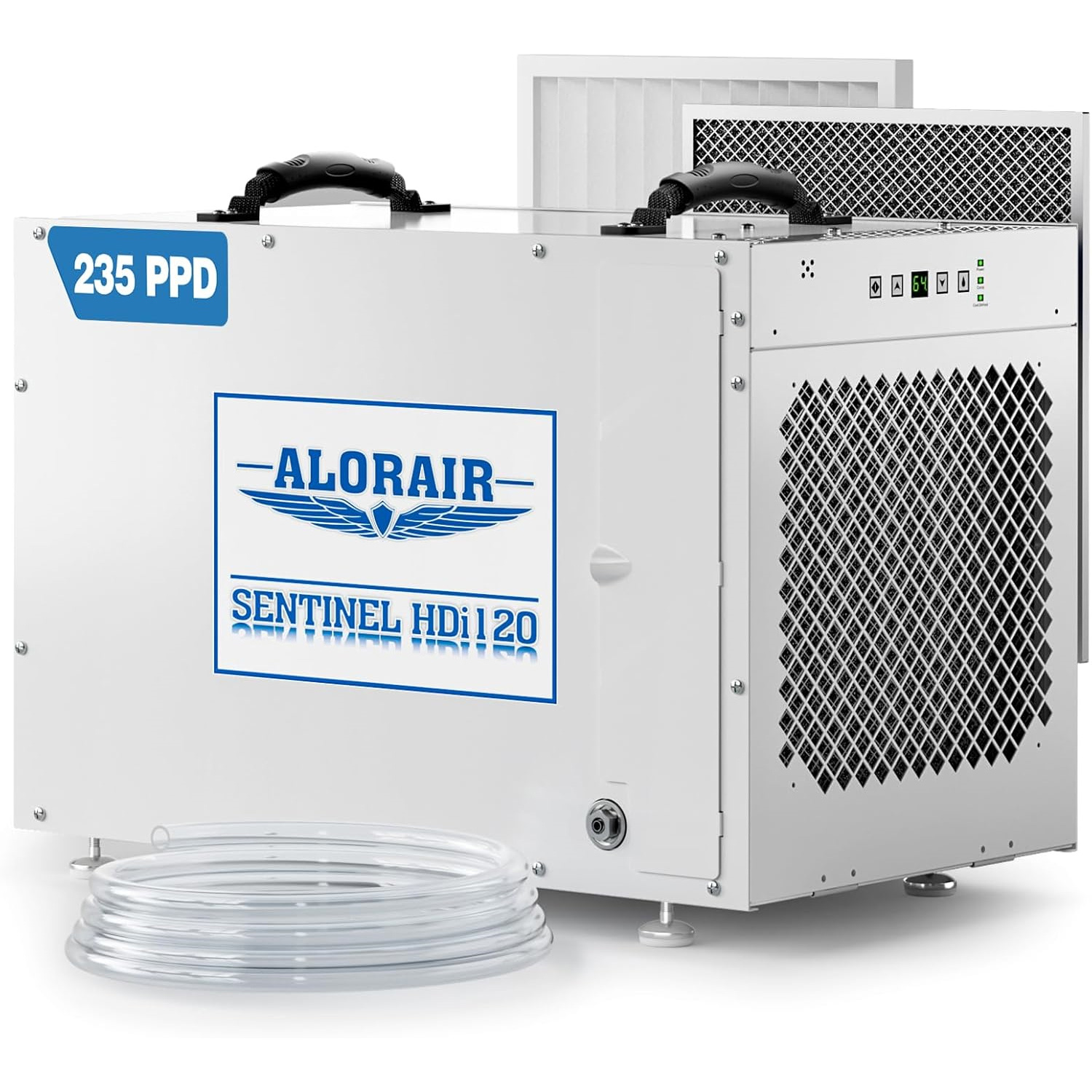
.jpg)
.jpg)
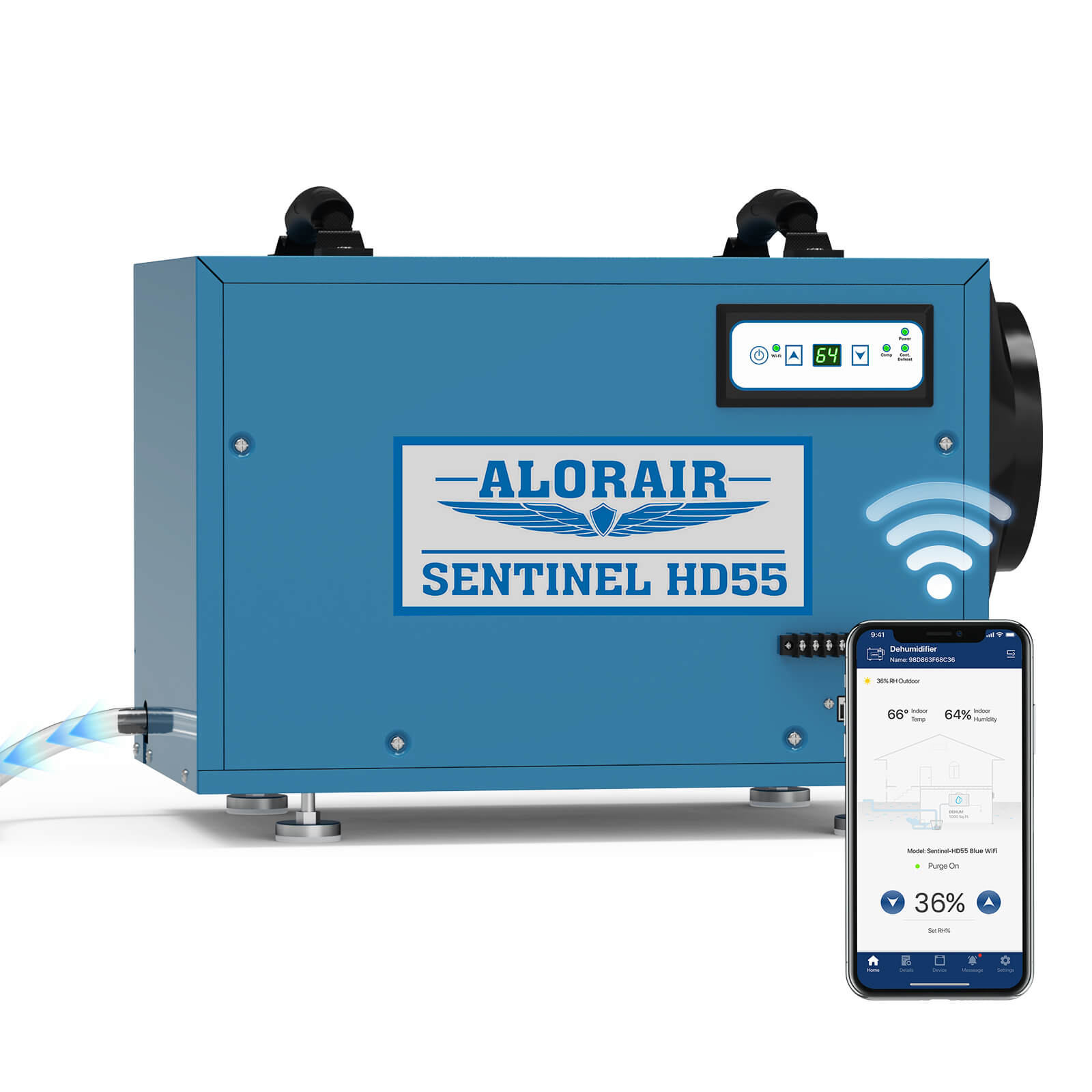
.jpg)

.jpg)
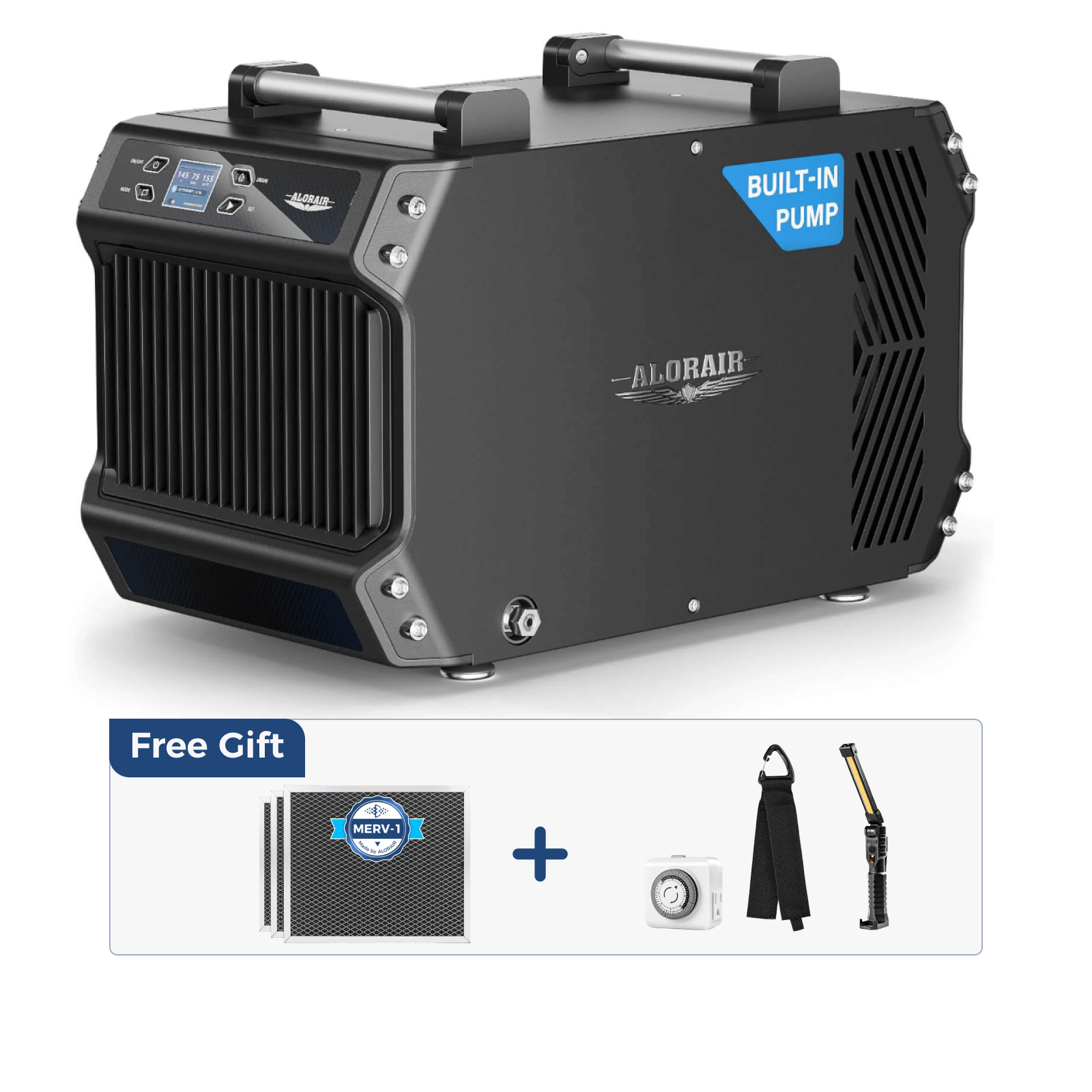

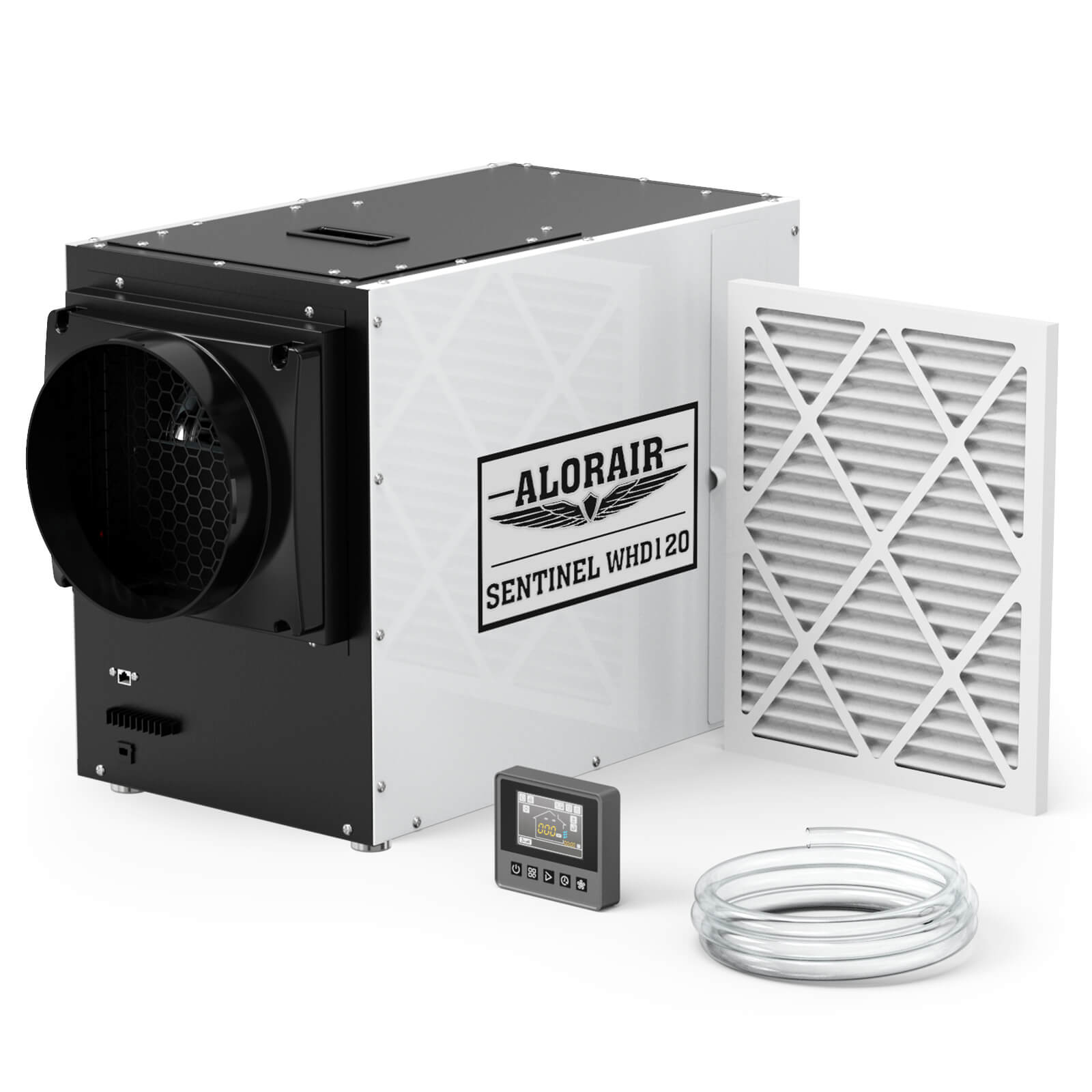
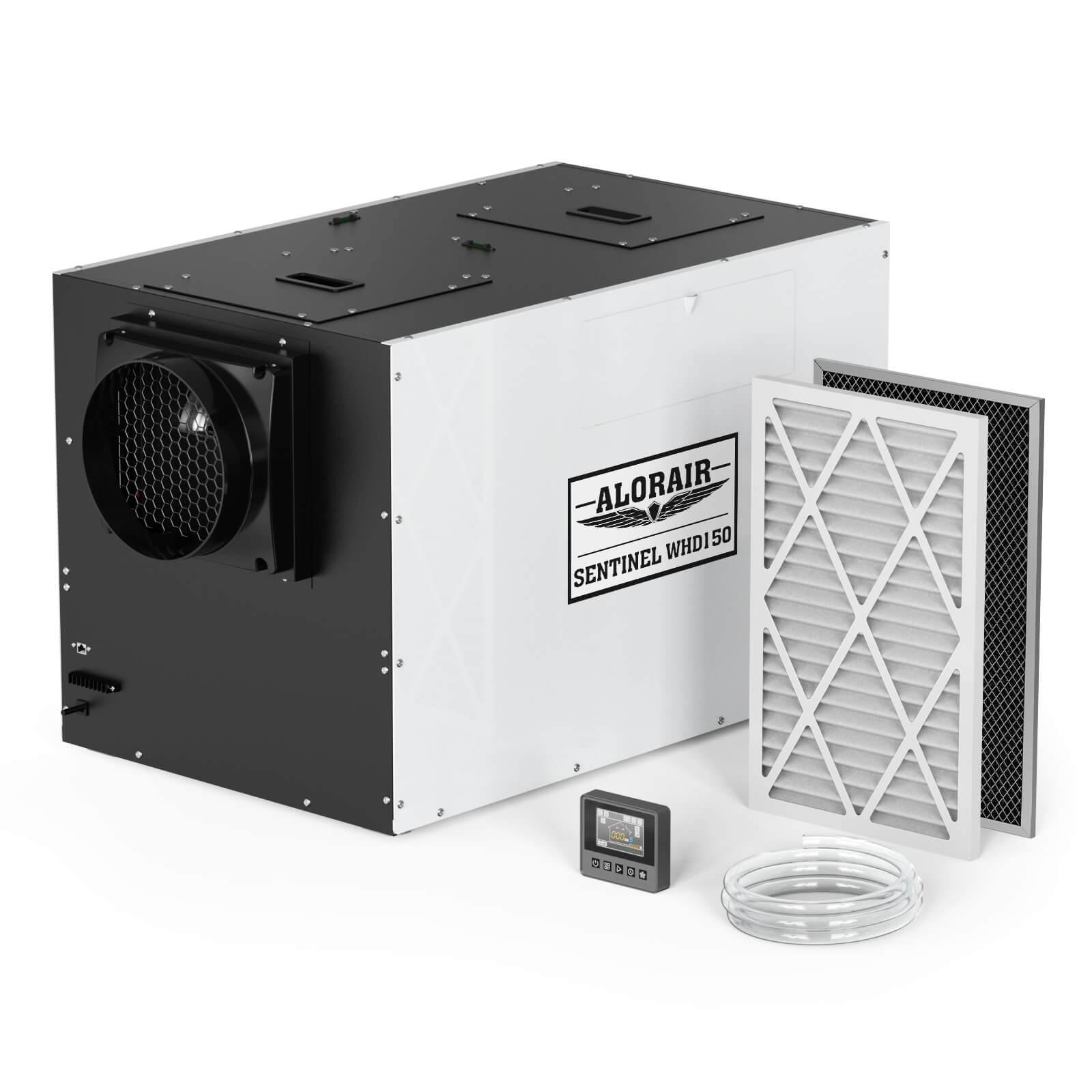
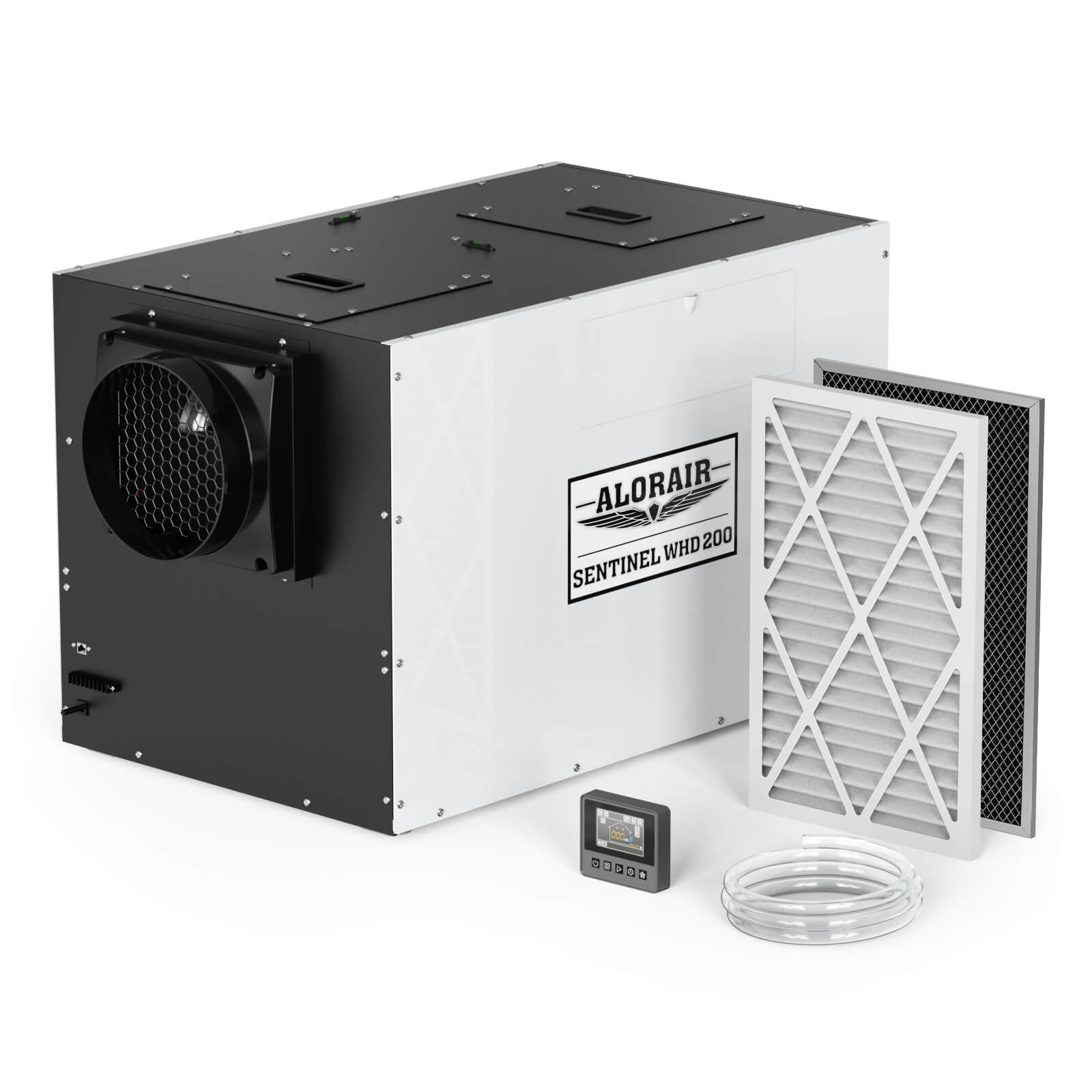
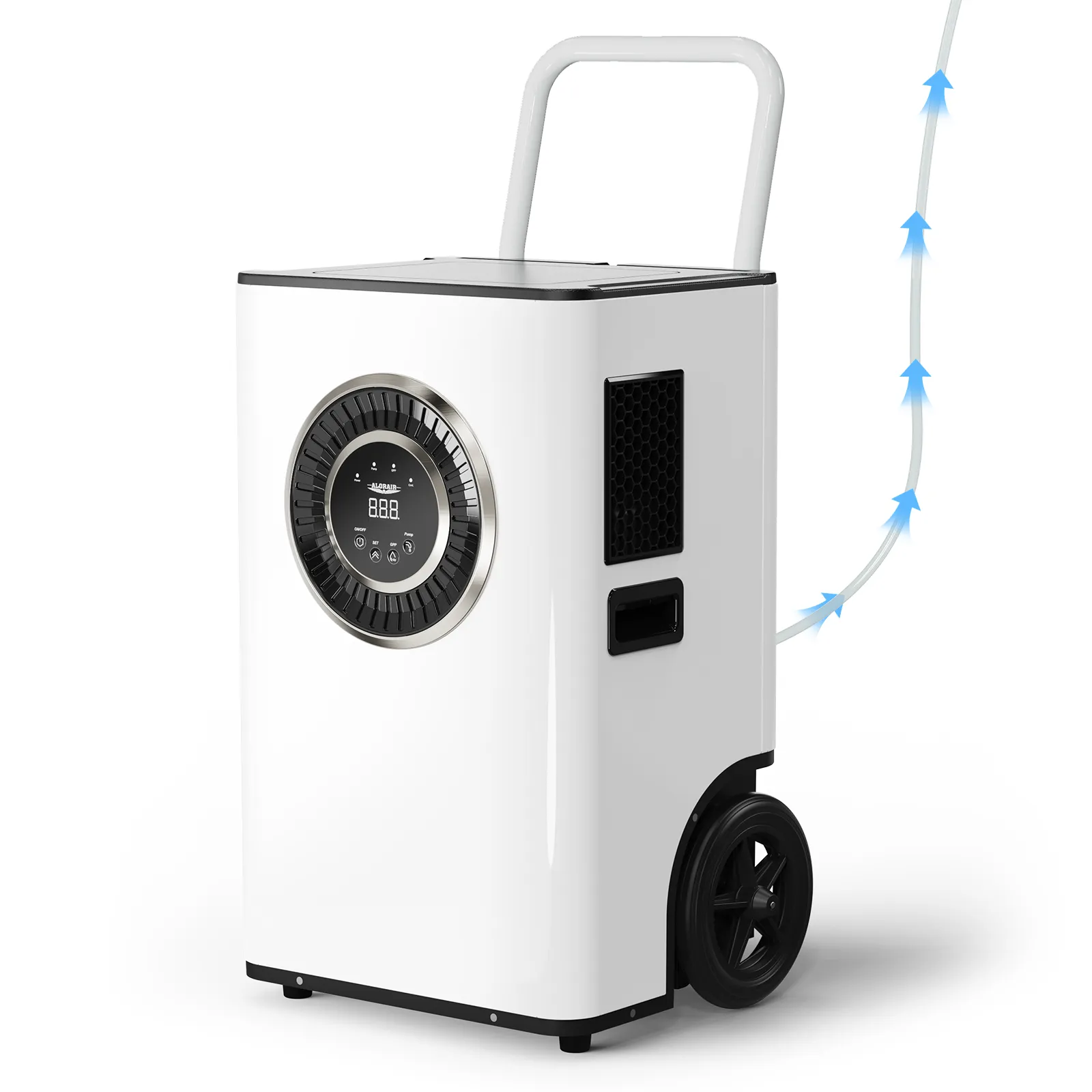
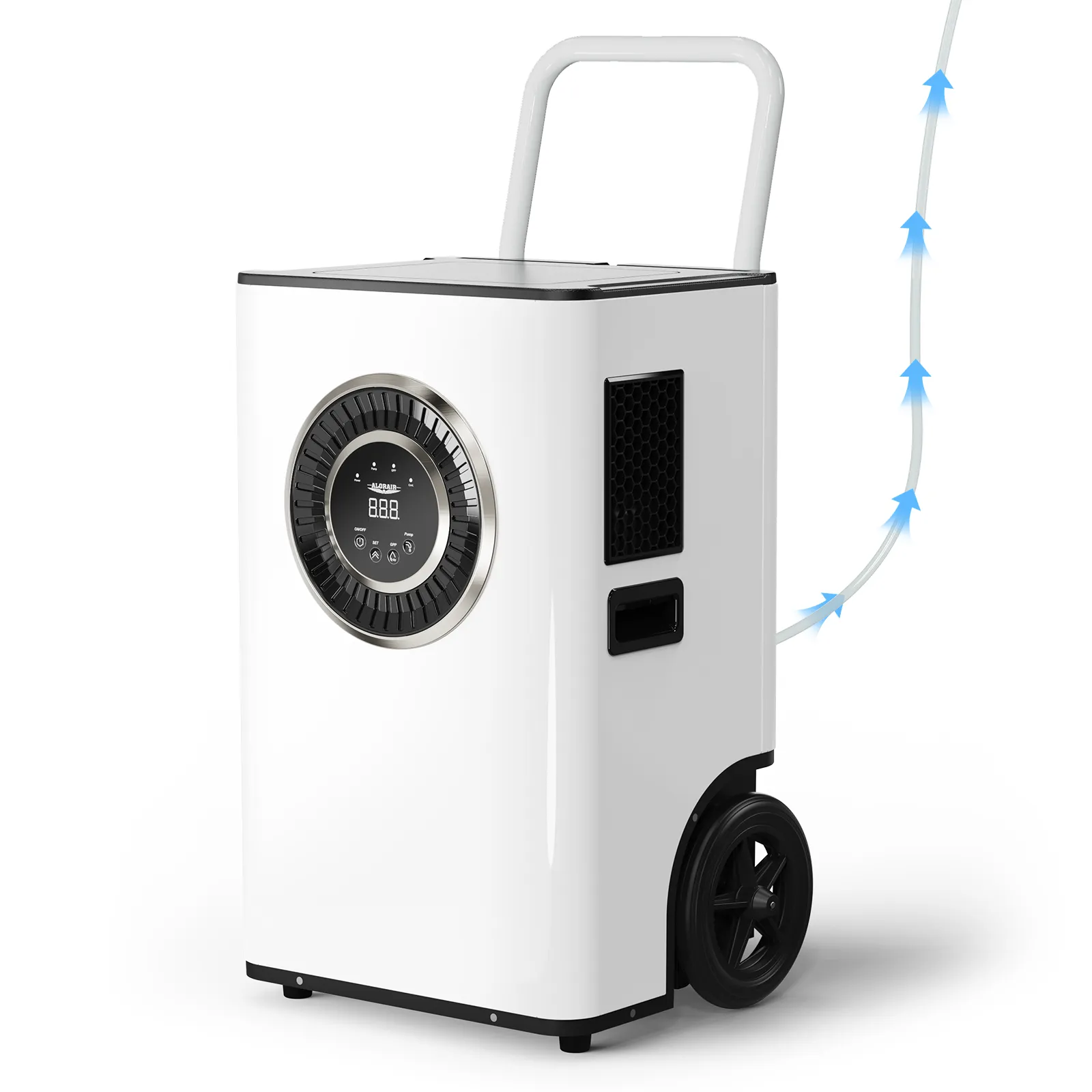

.jpg)
.jpg)
.jpg)

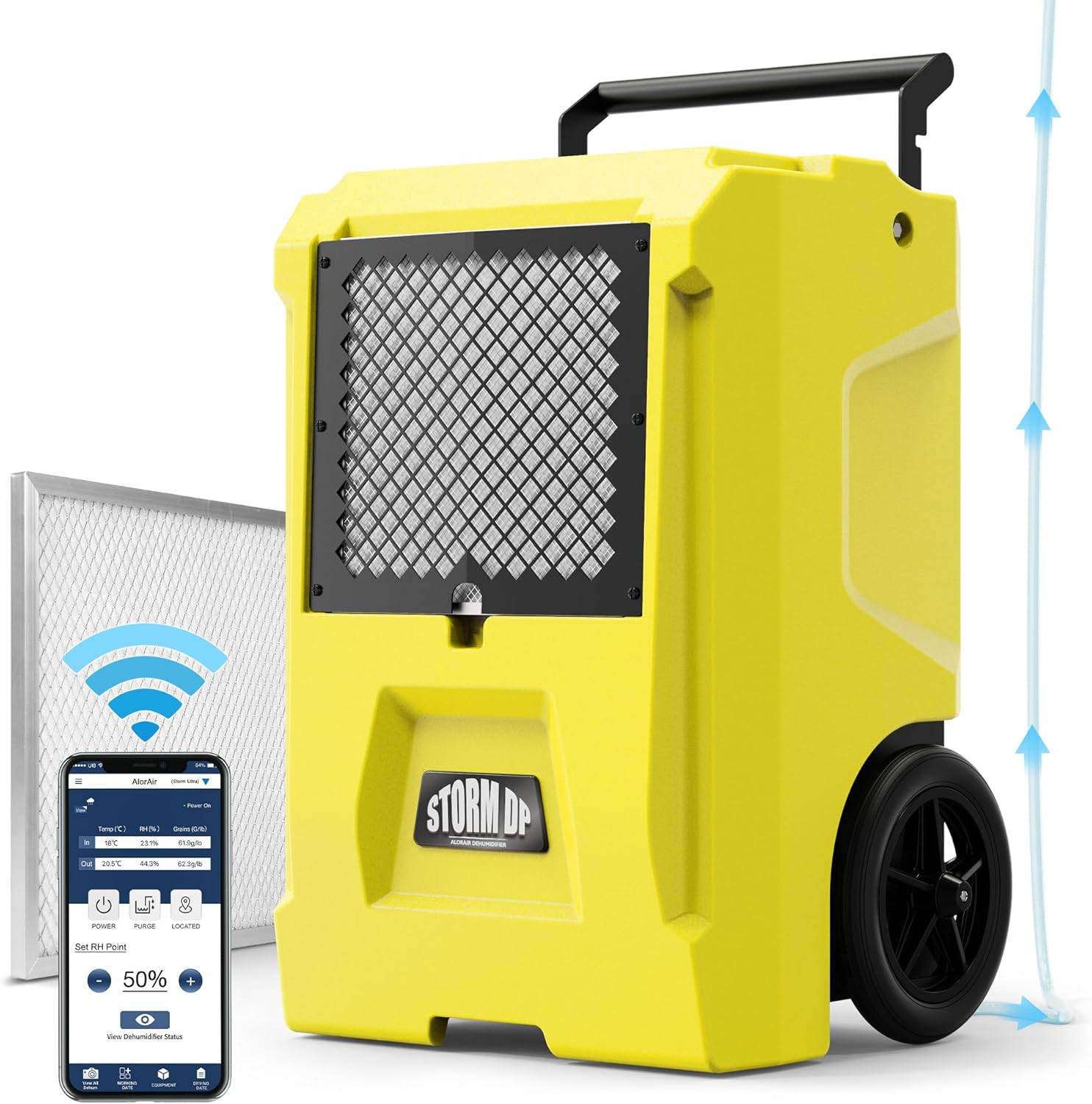
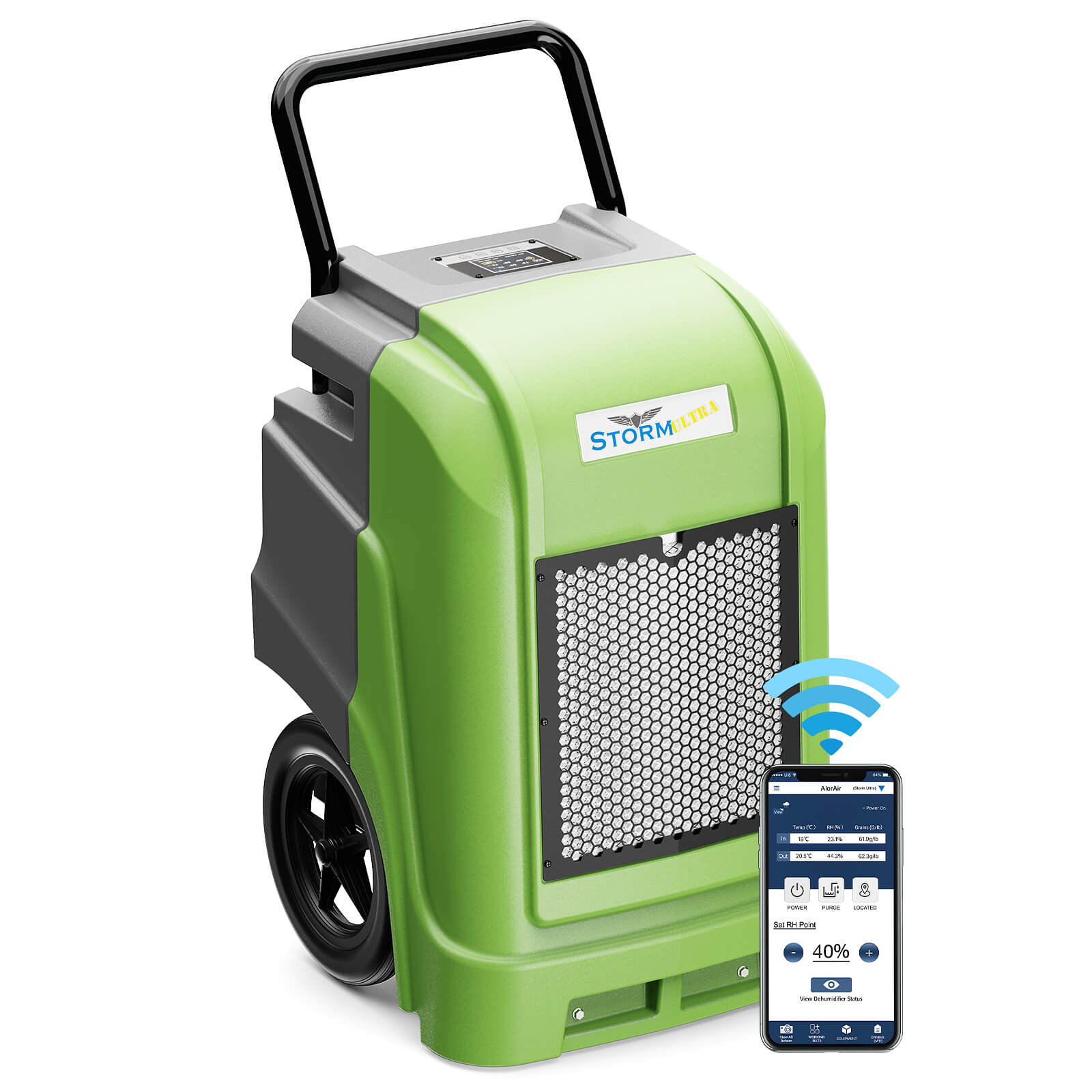
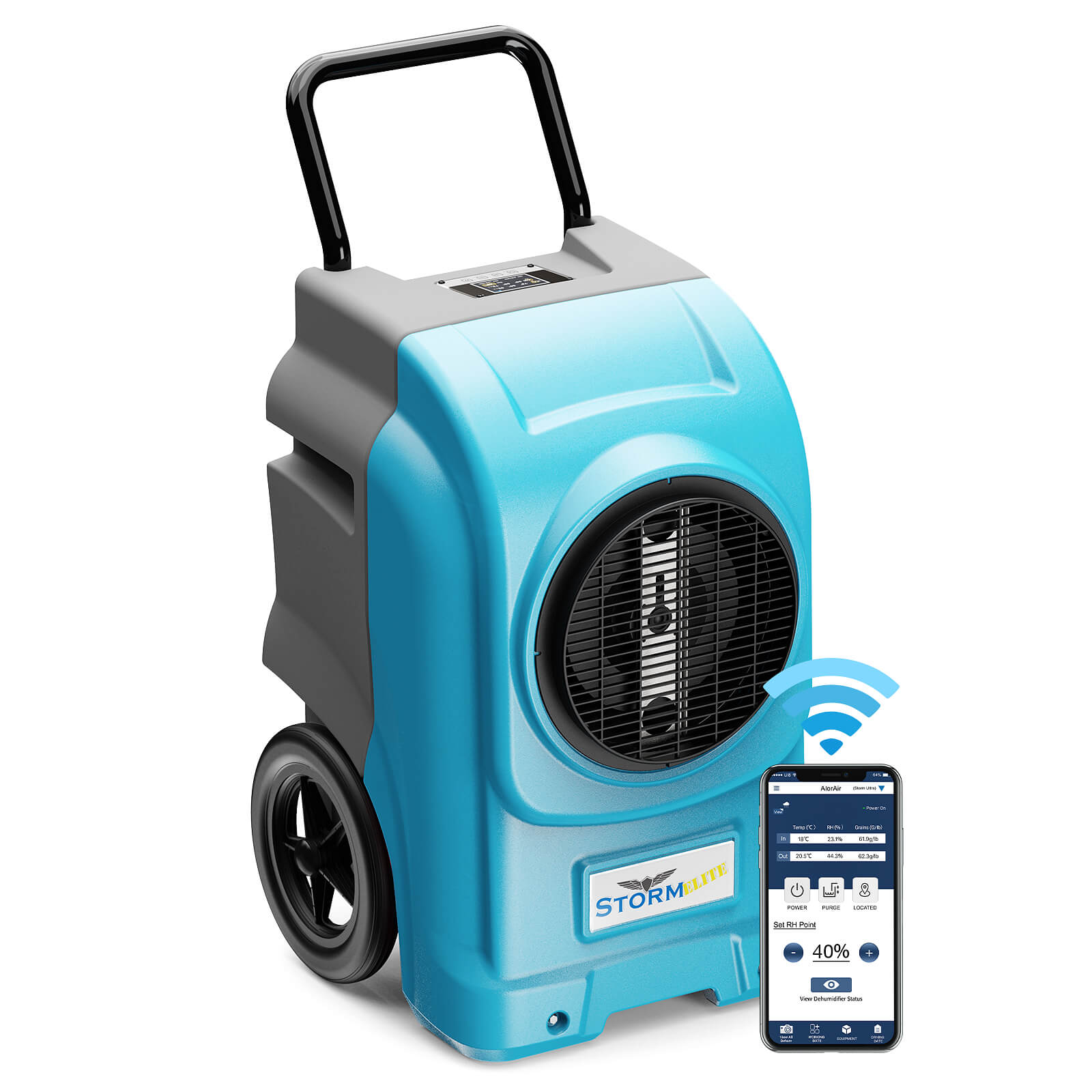
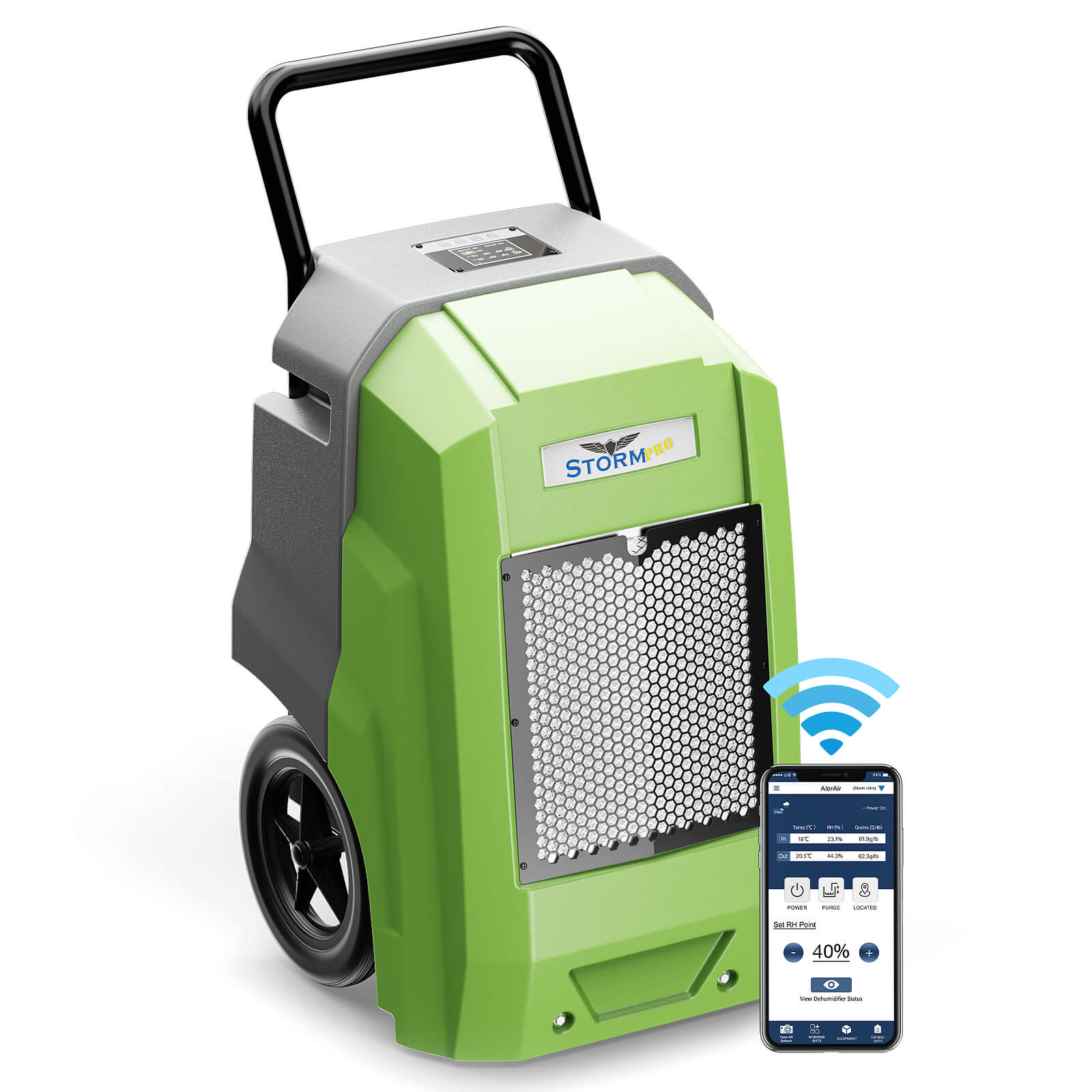
.jpg)
.jpg)
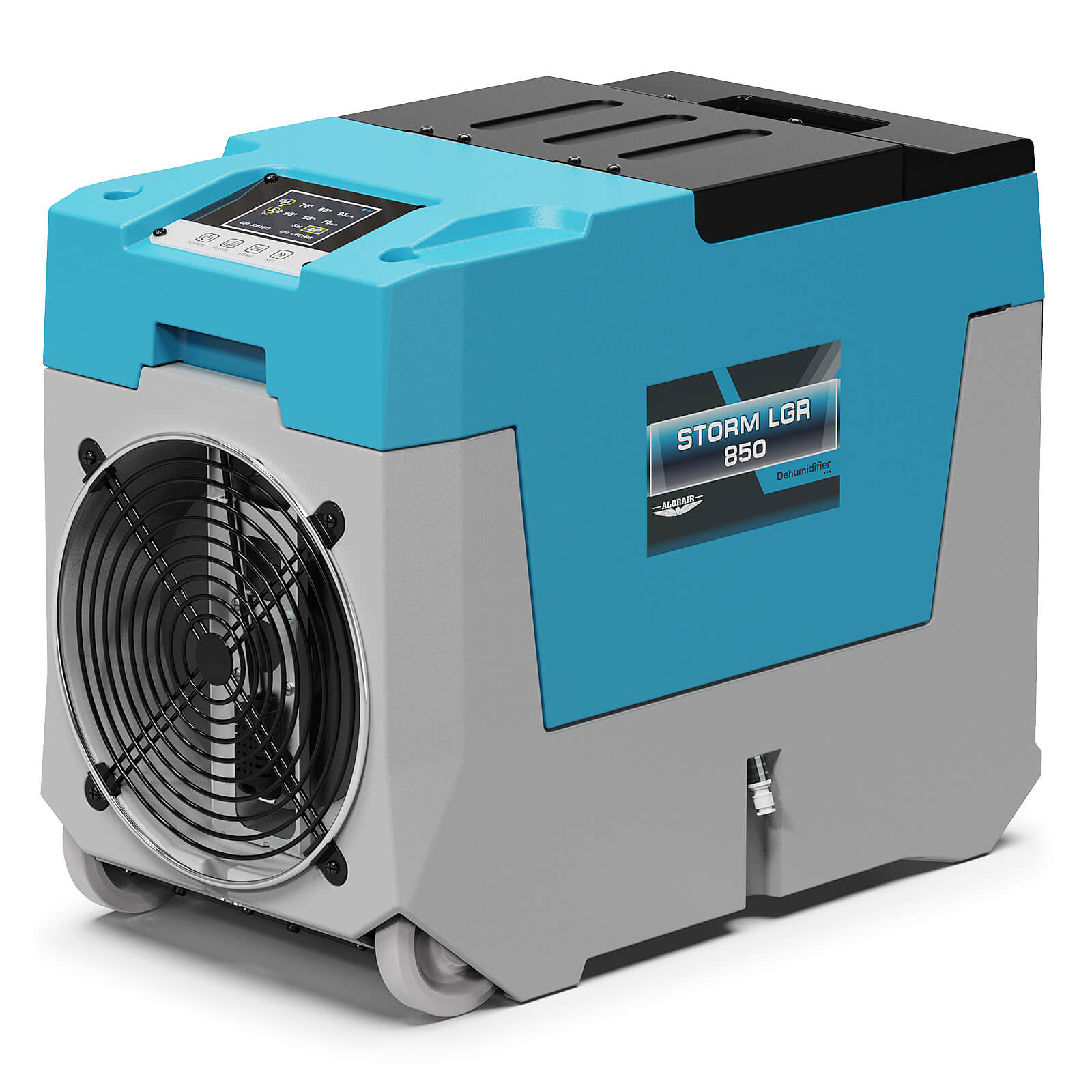
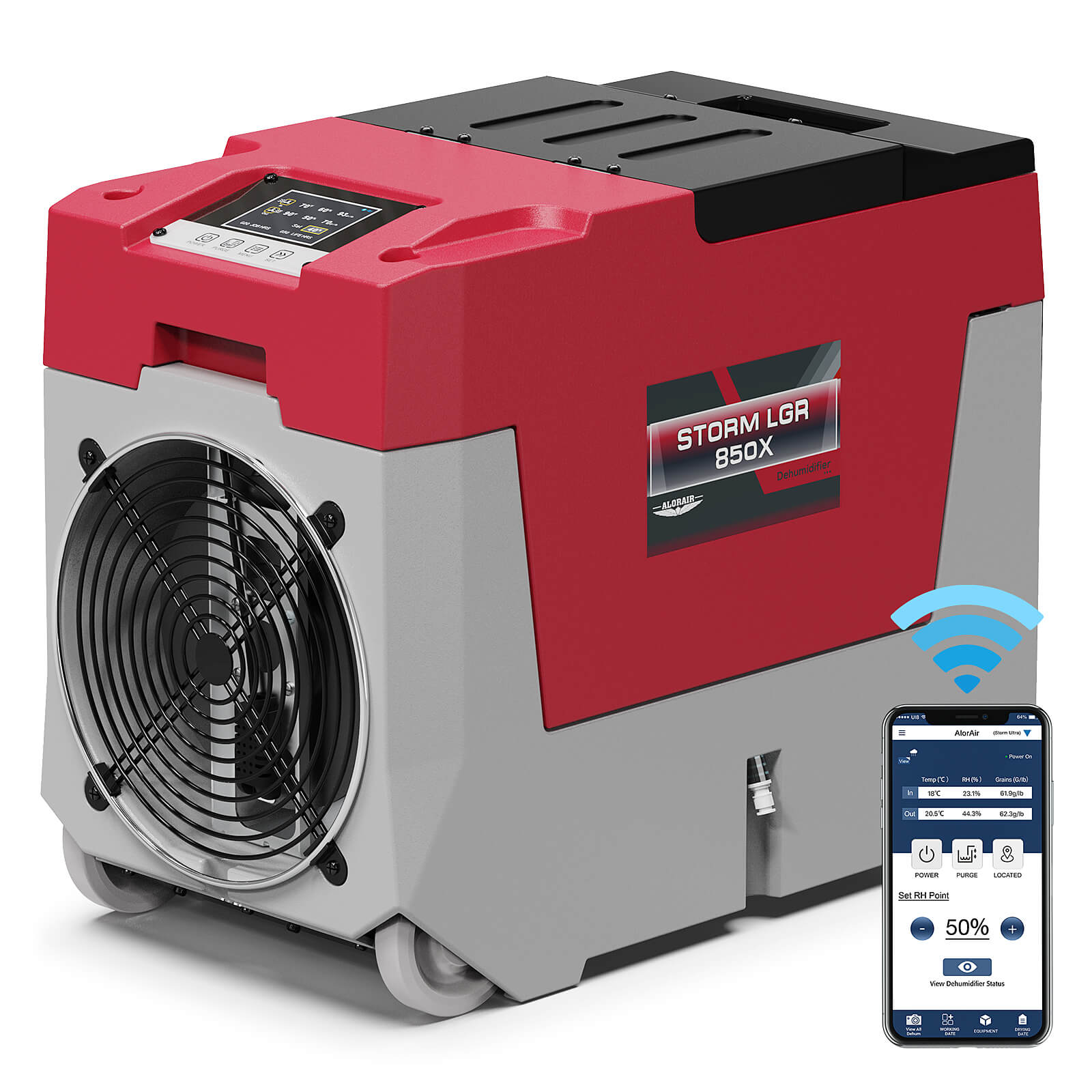

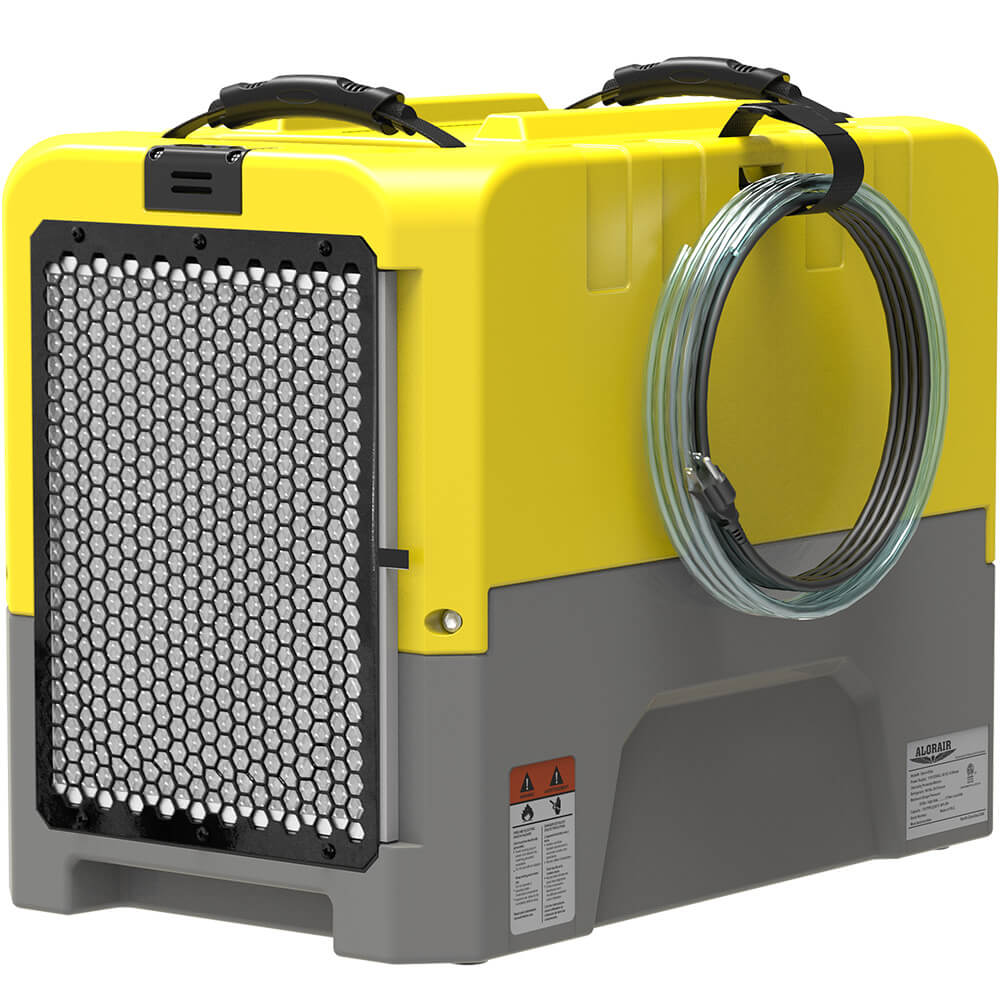

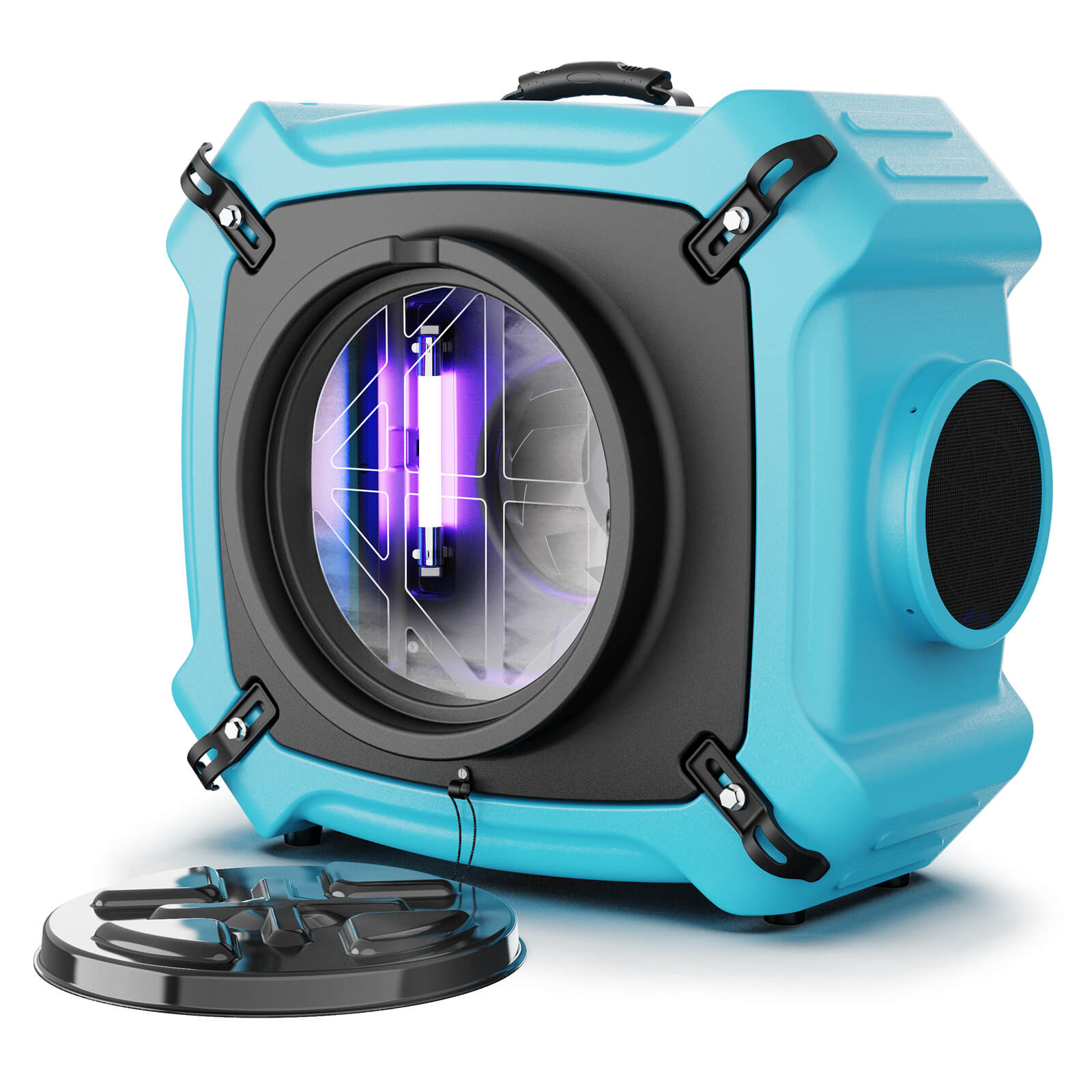
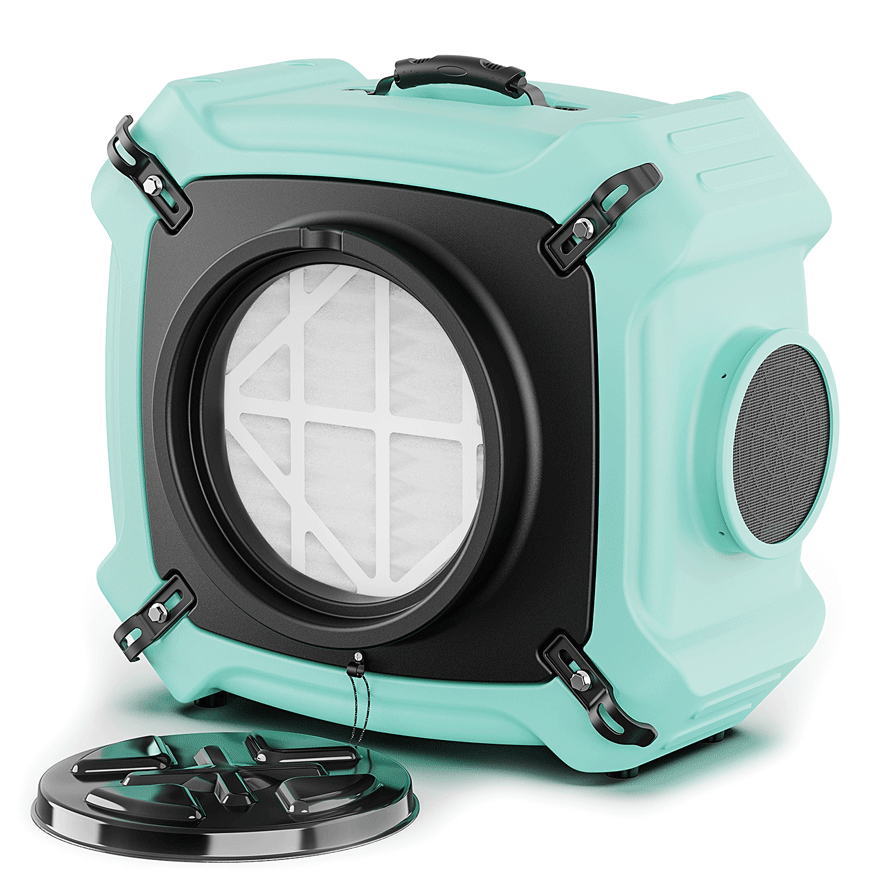
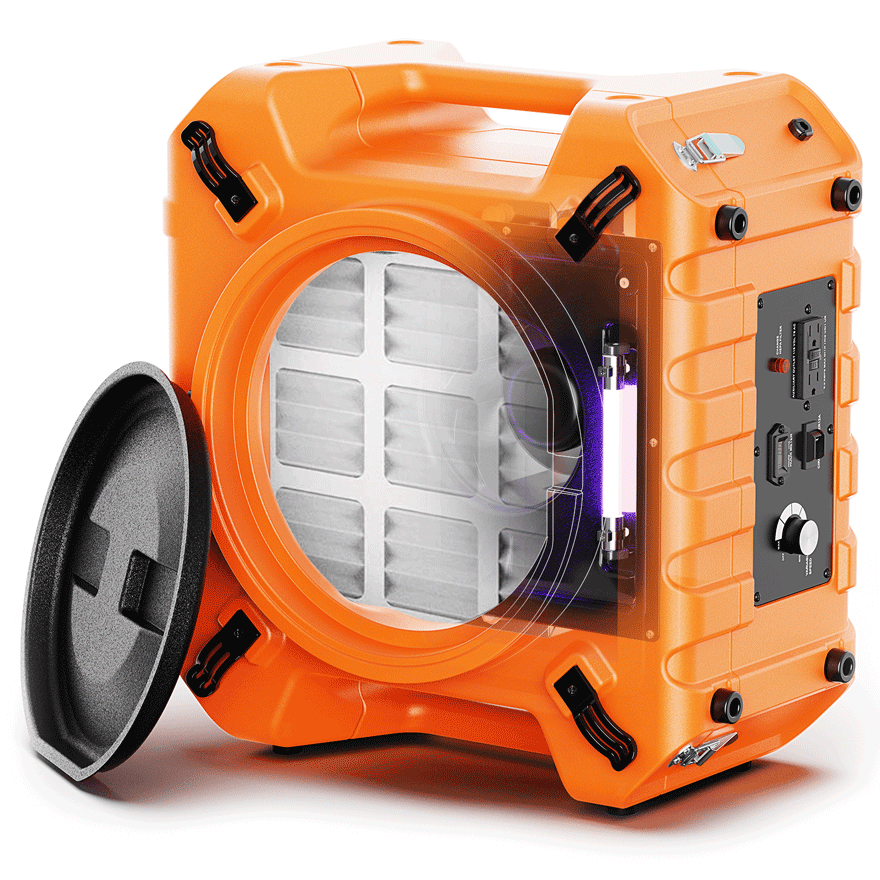
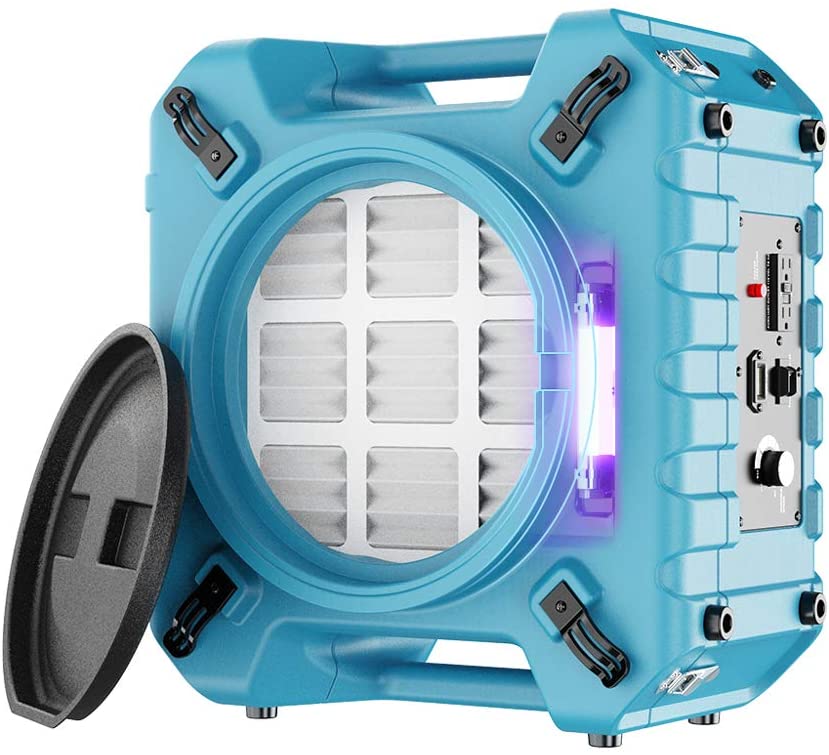
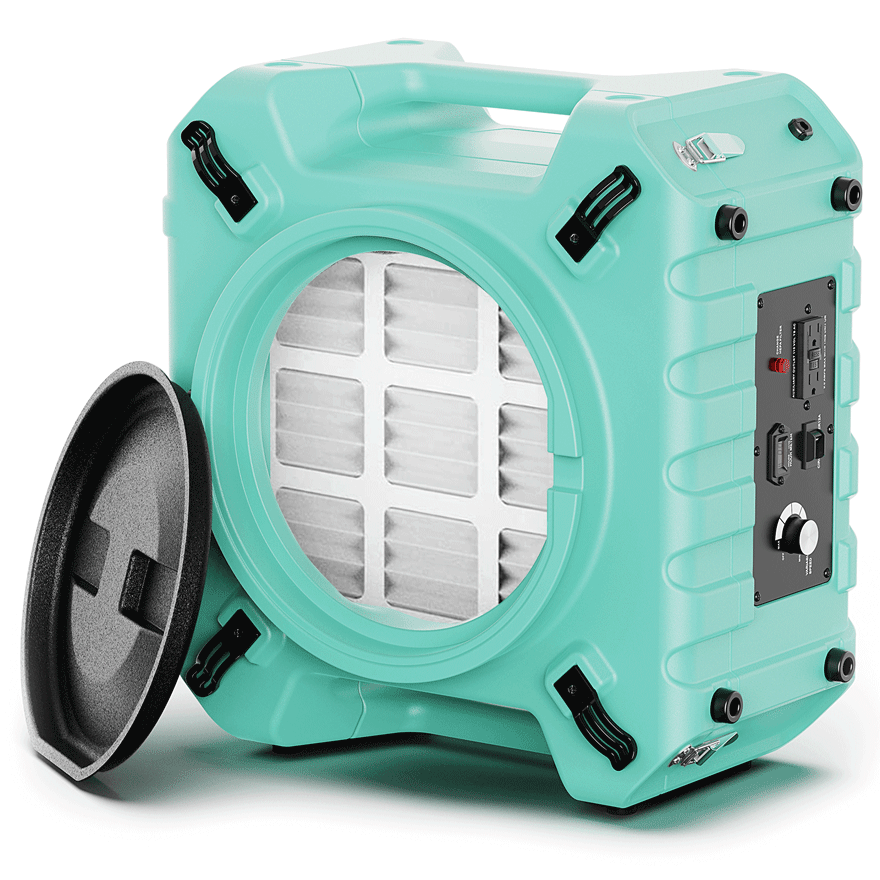
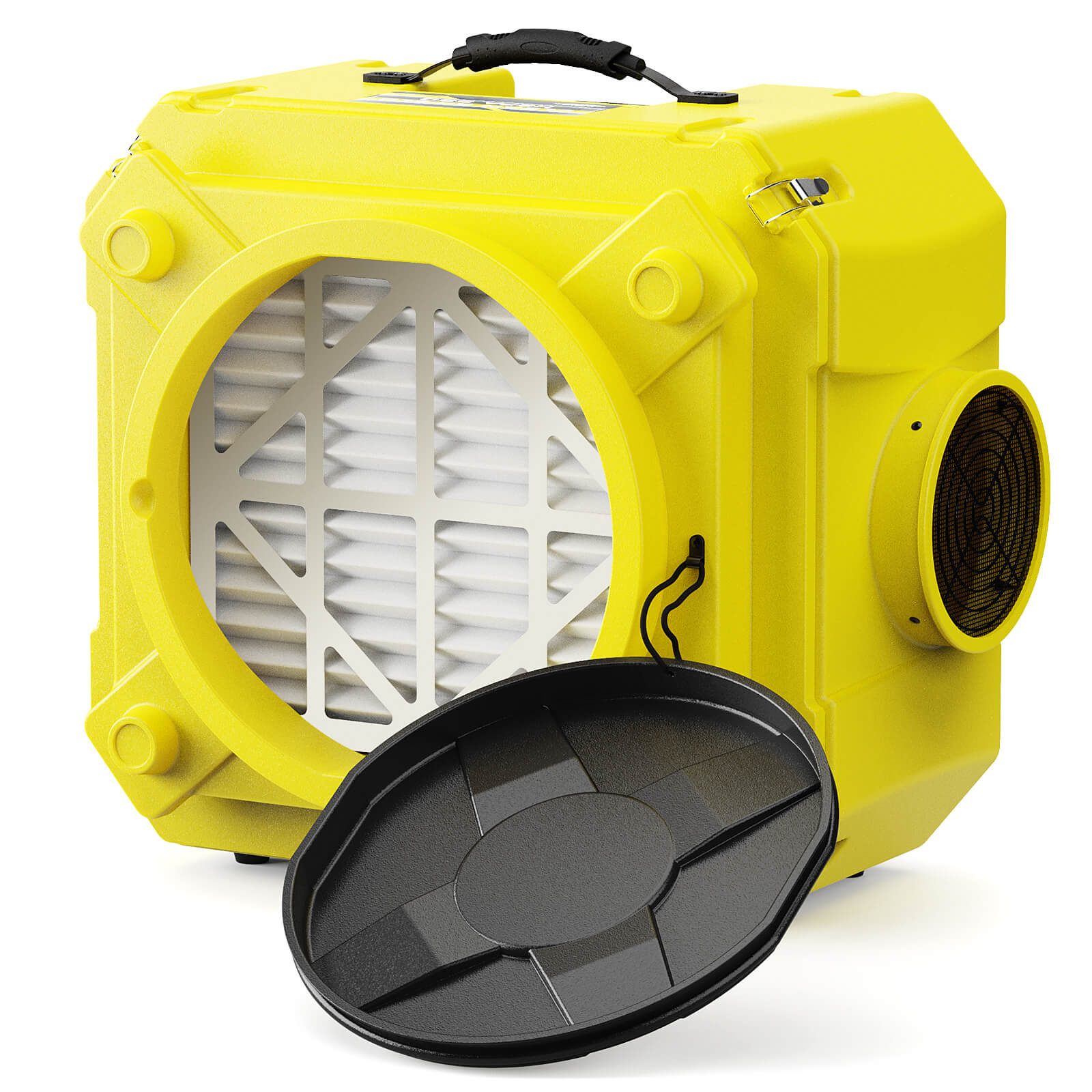
.jpg)
.jpg)
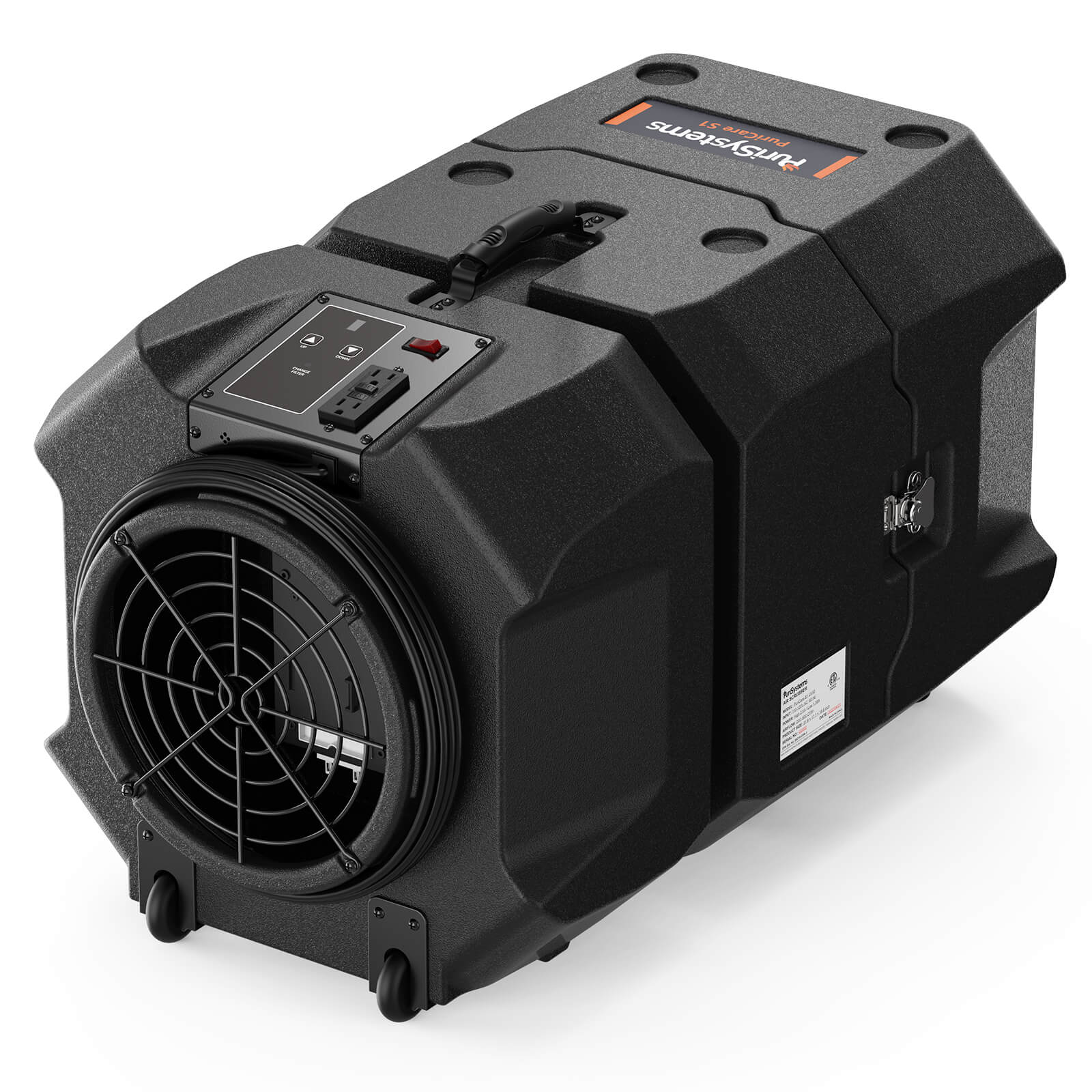

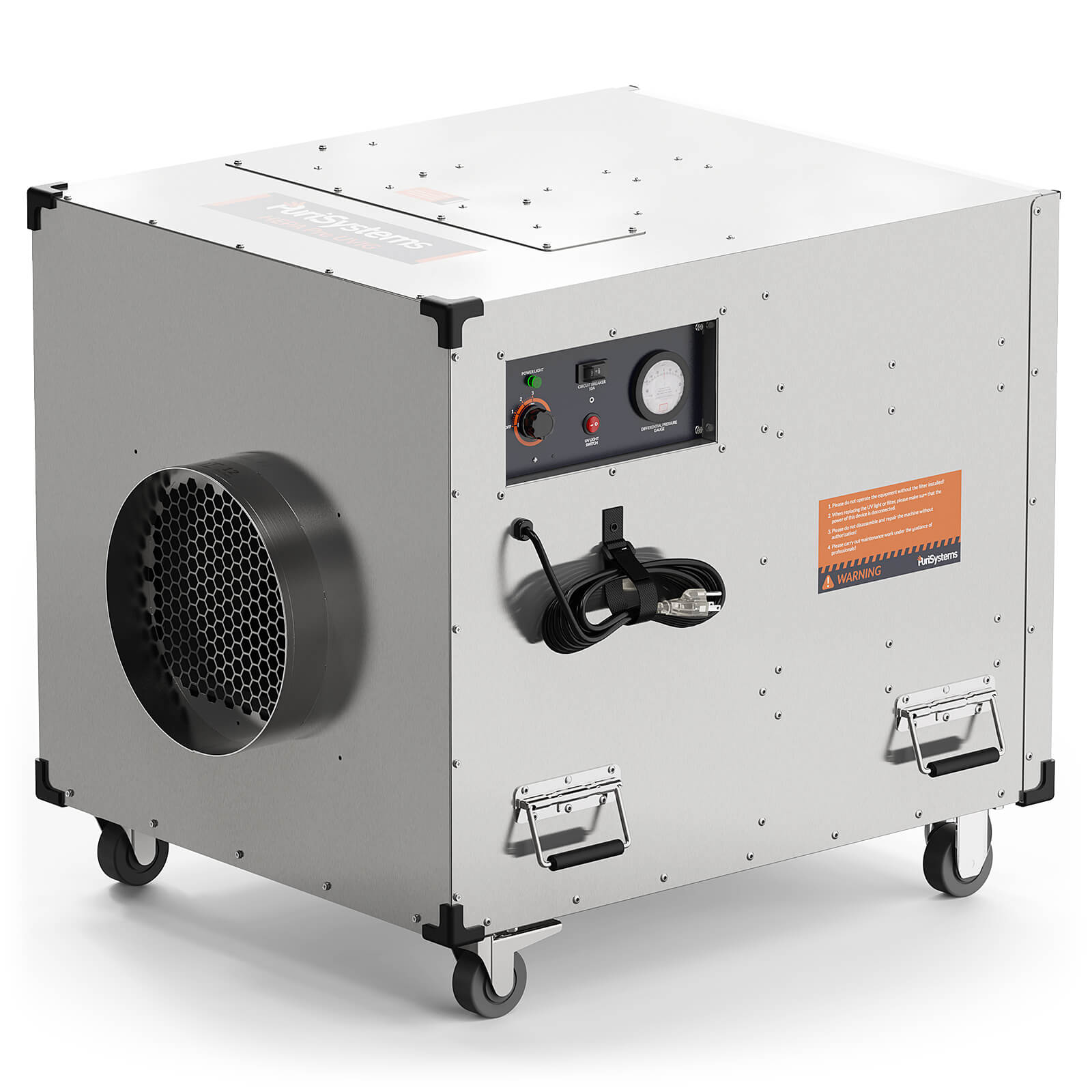
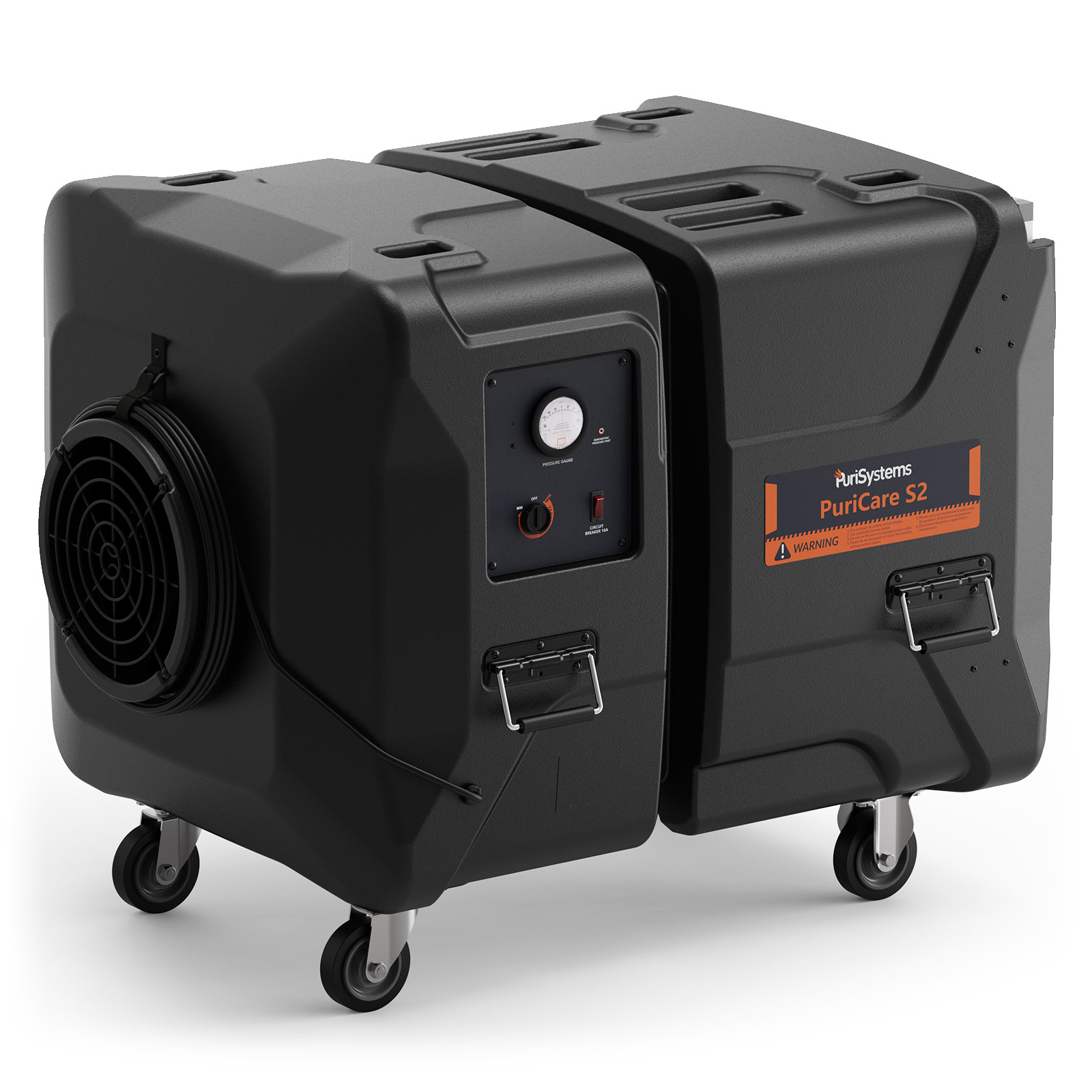
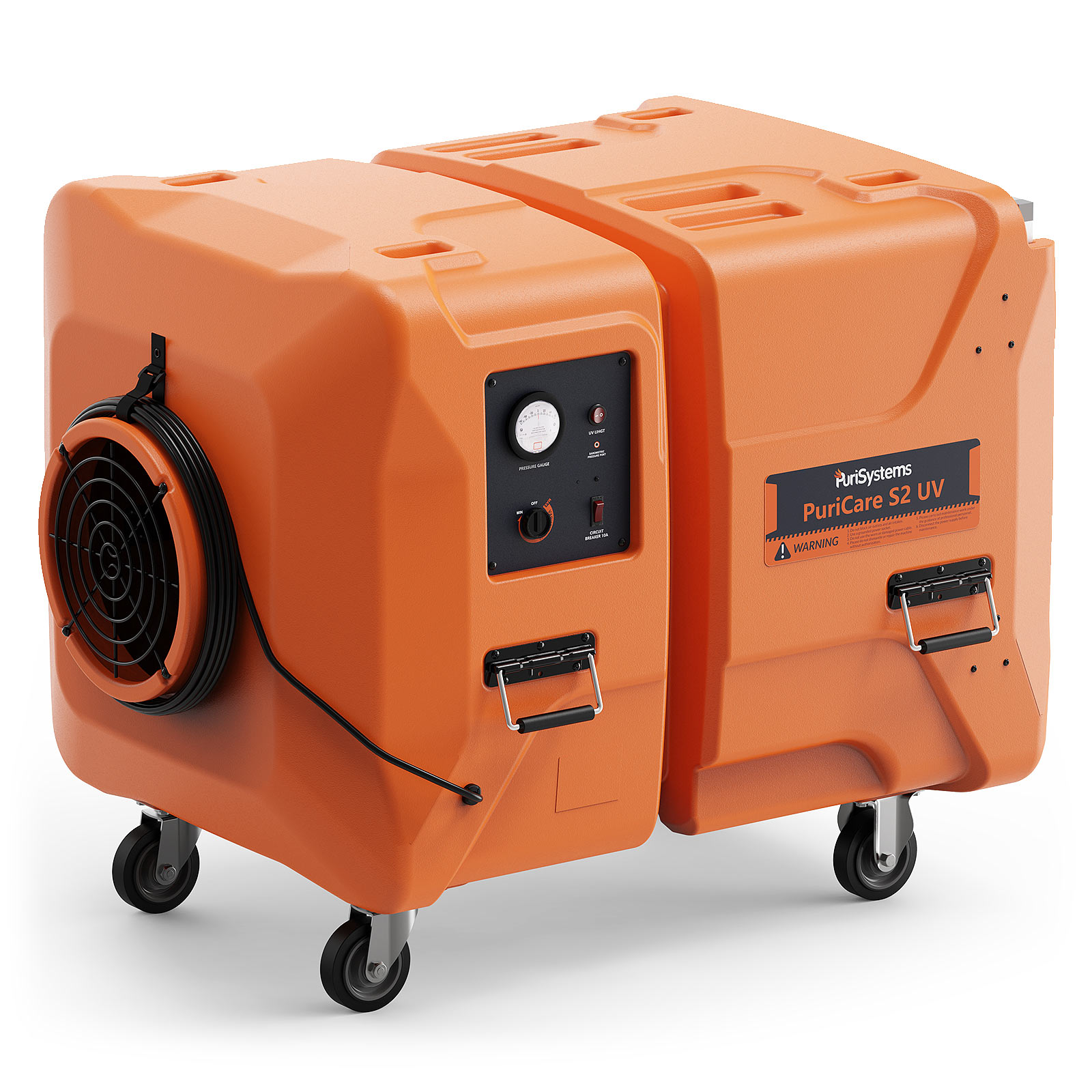
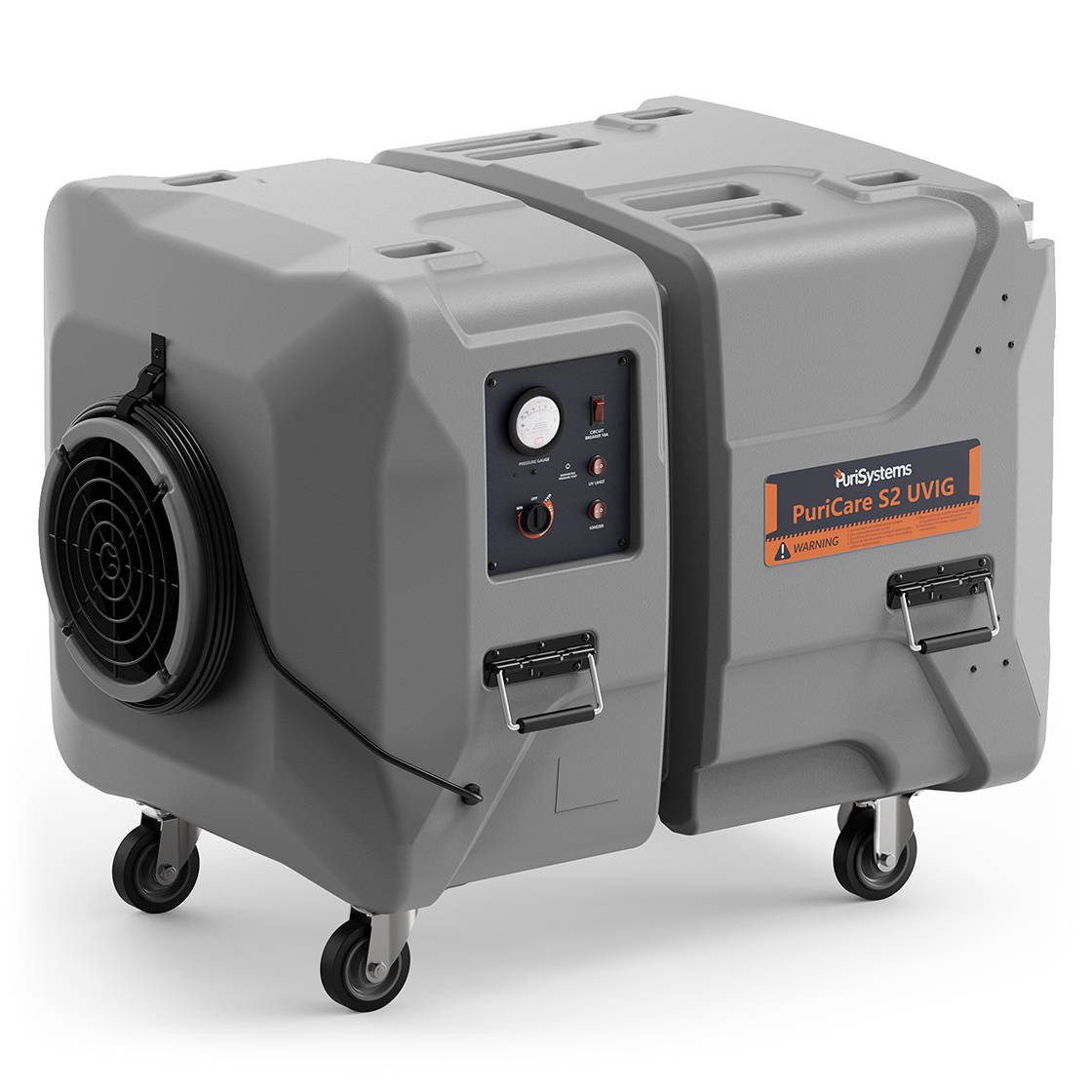
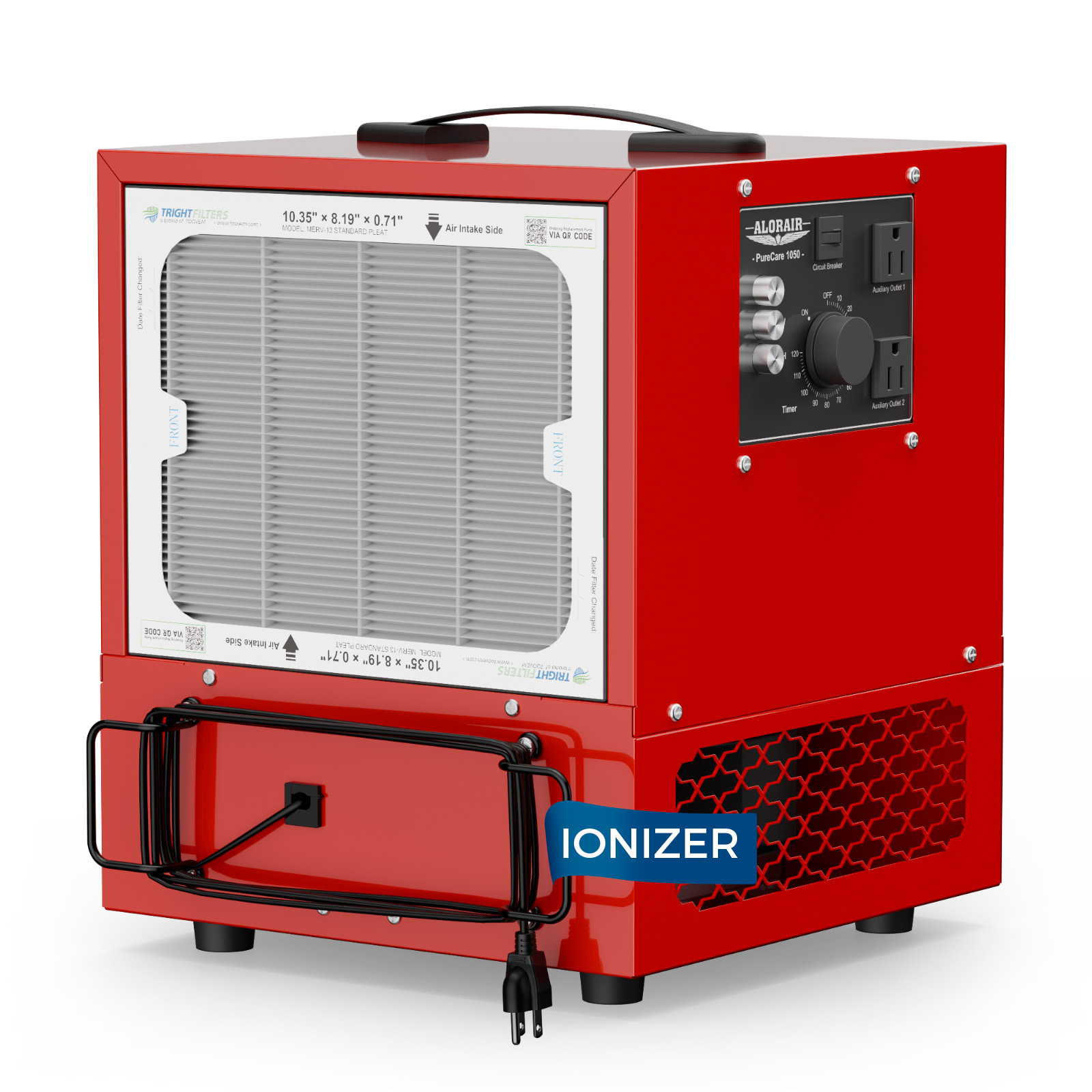

.jpg)
.jpg)

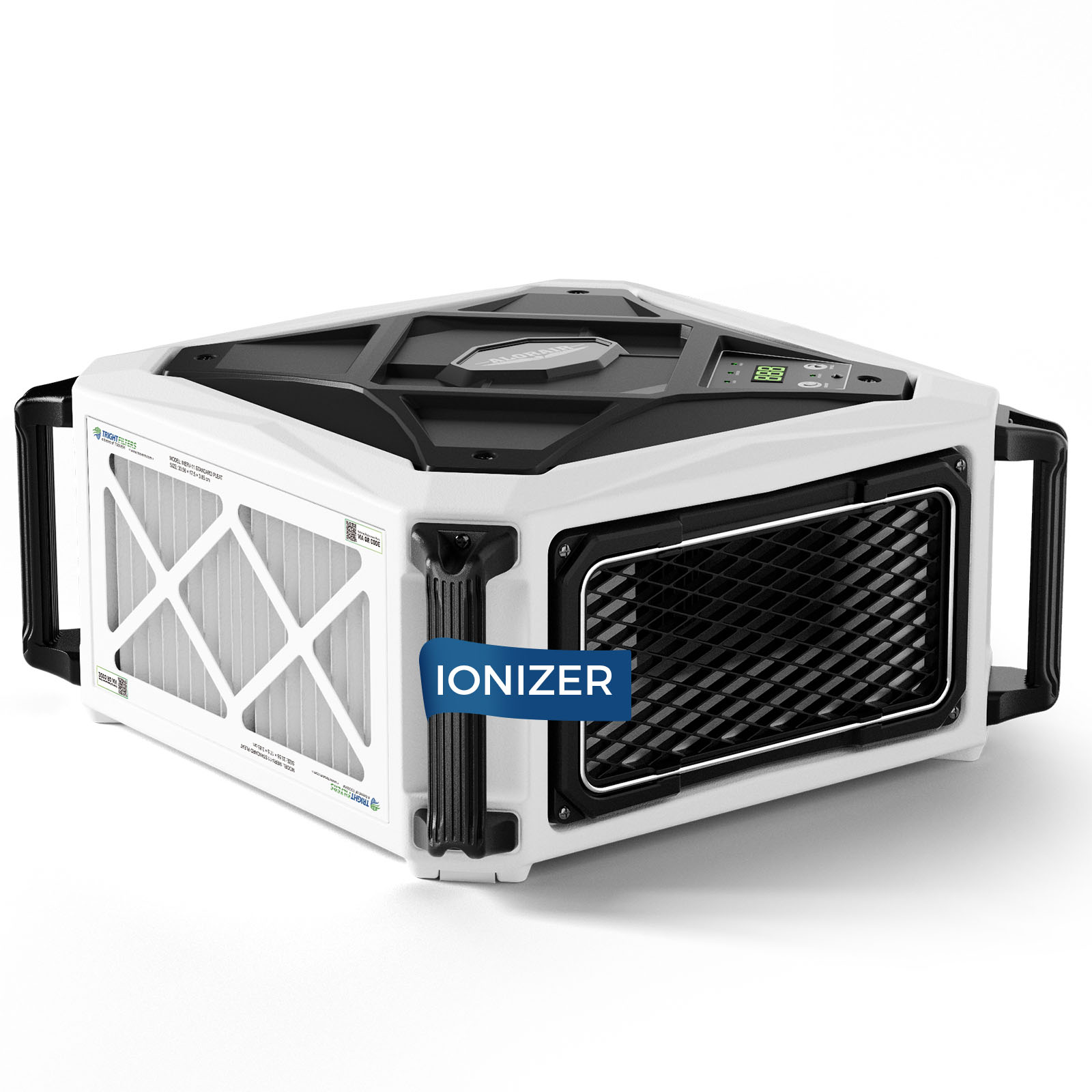
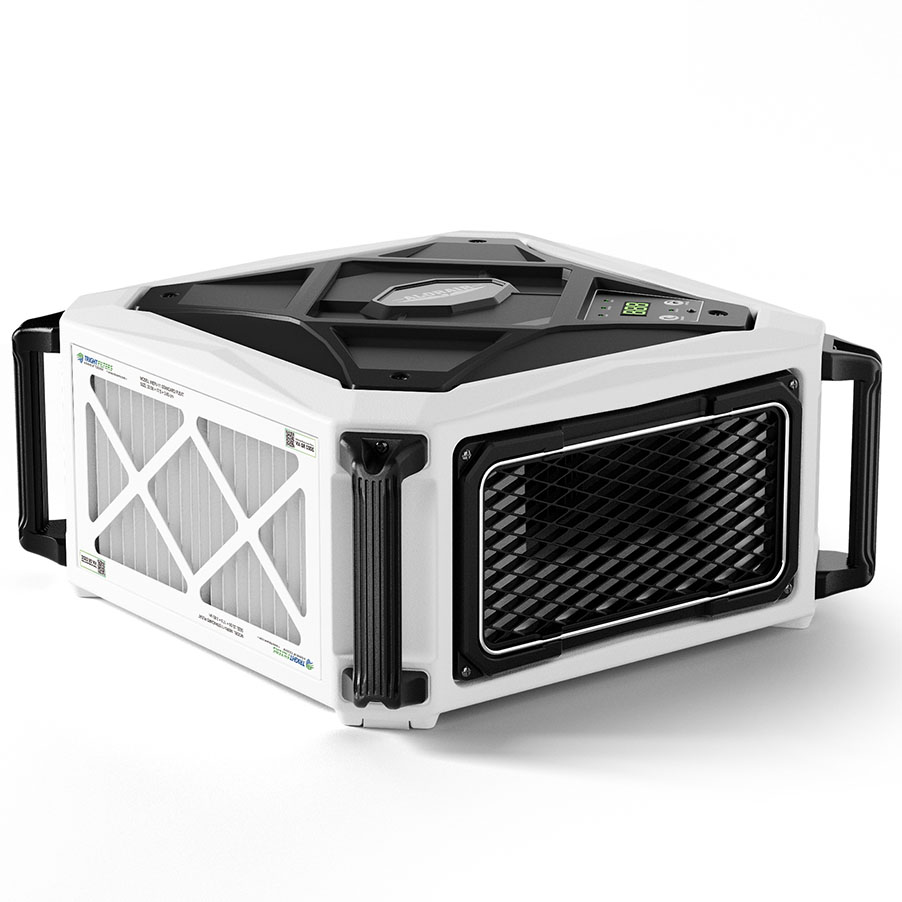
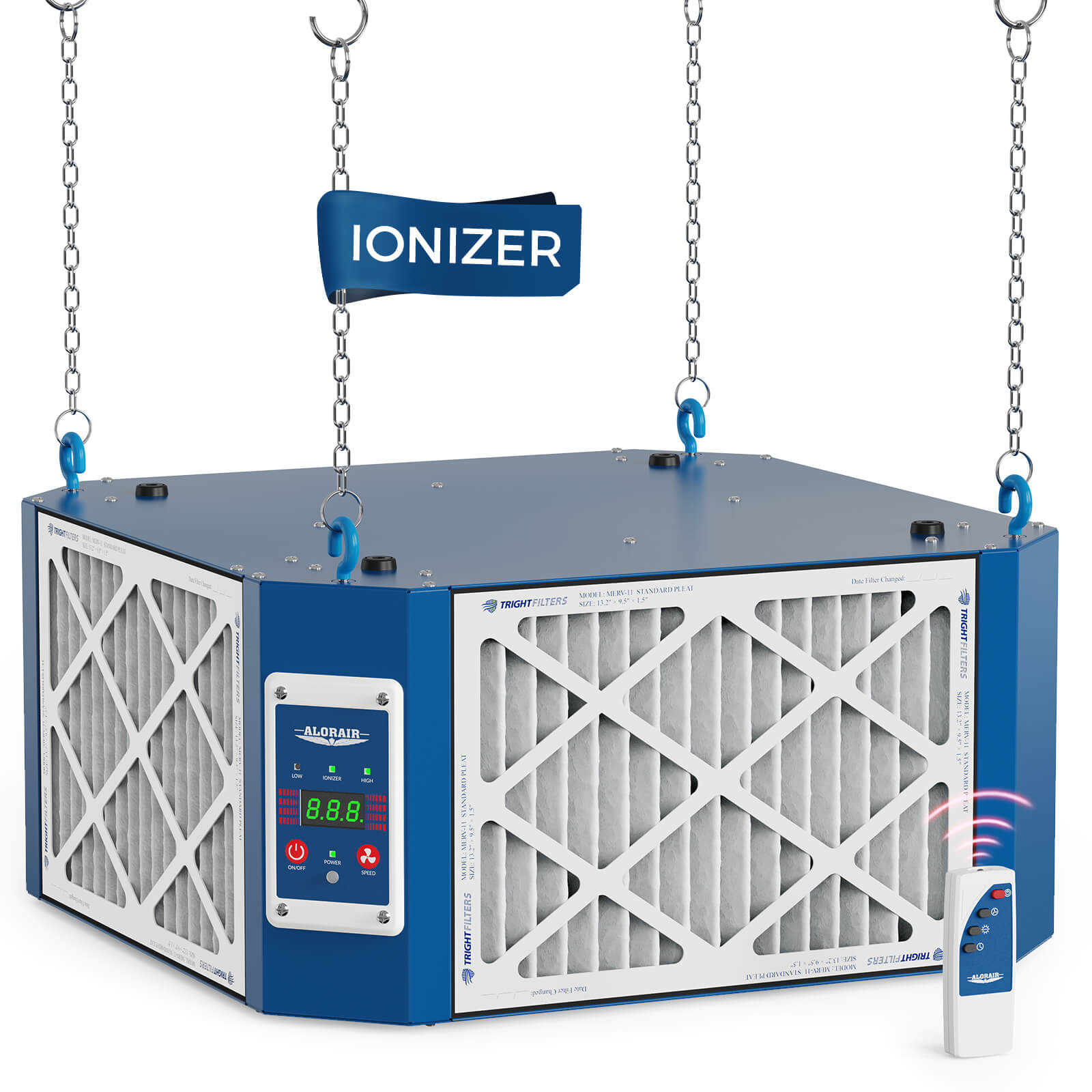
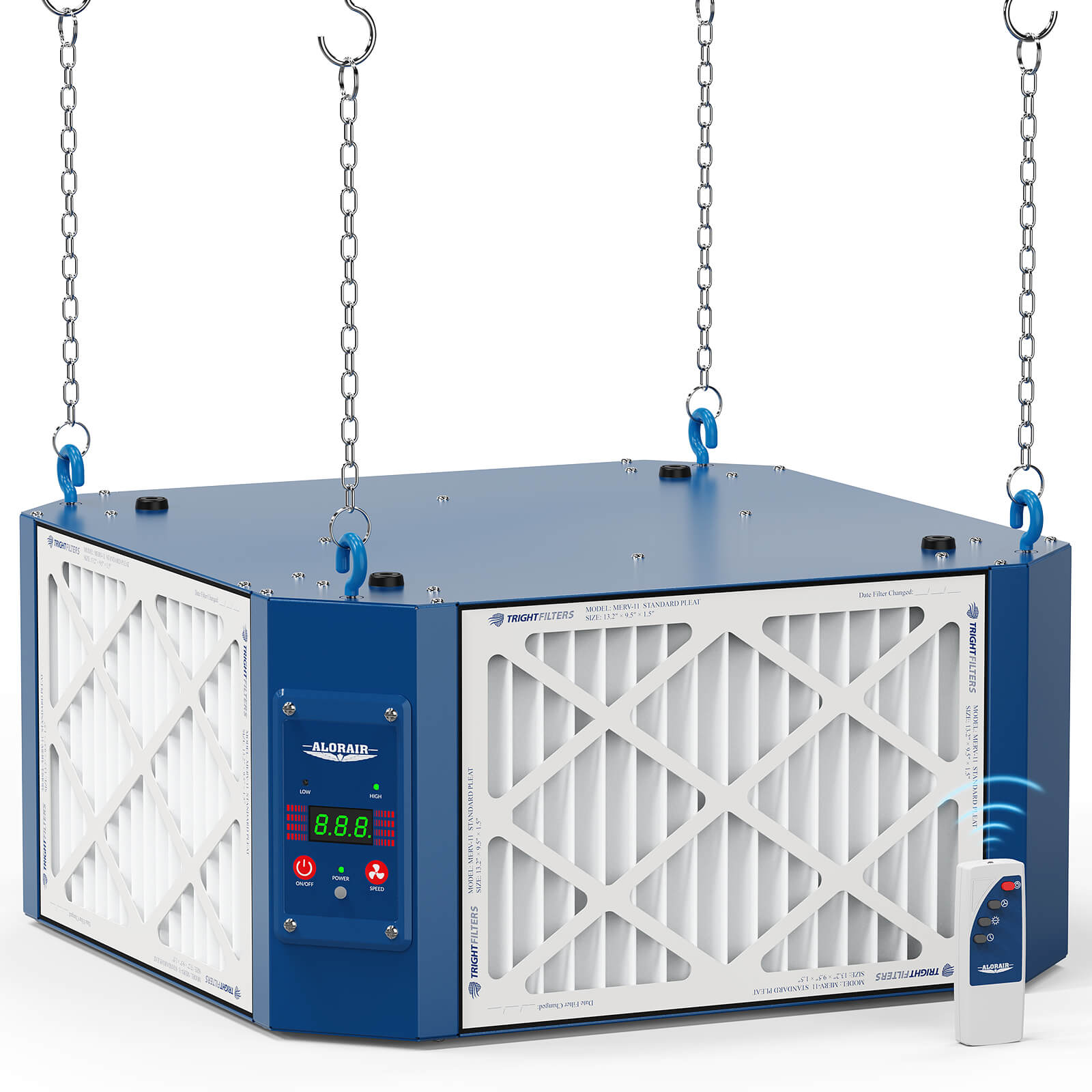

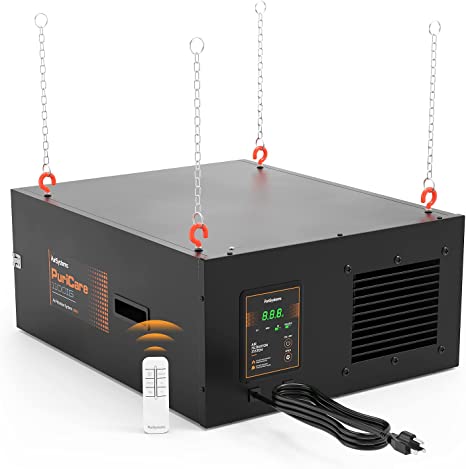
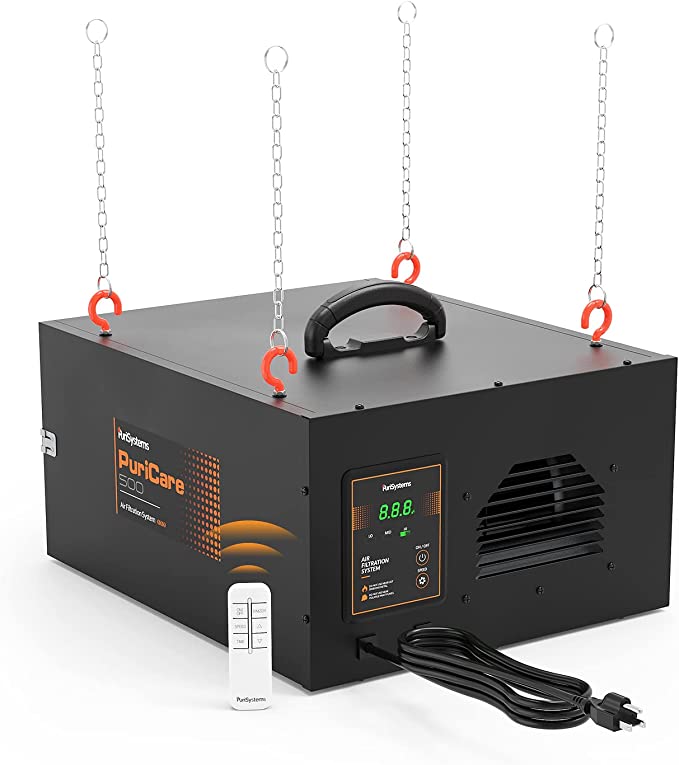
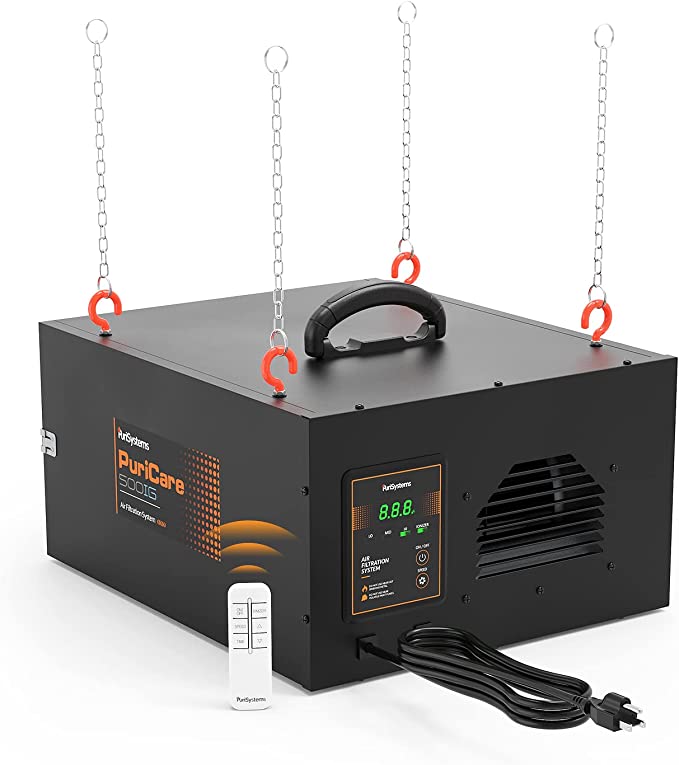
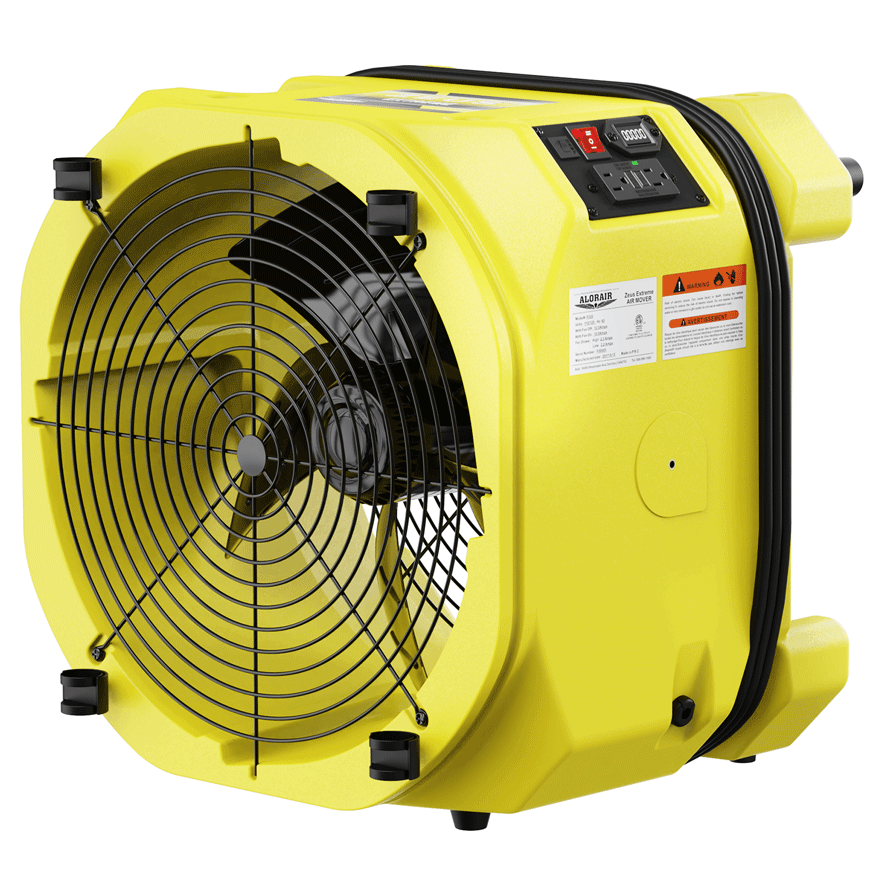
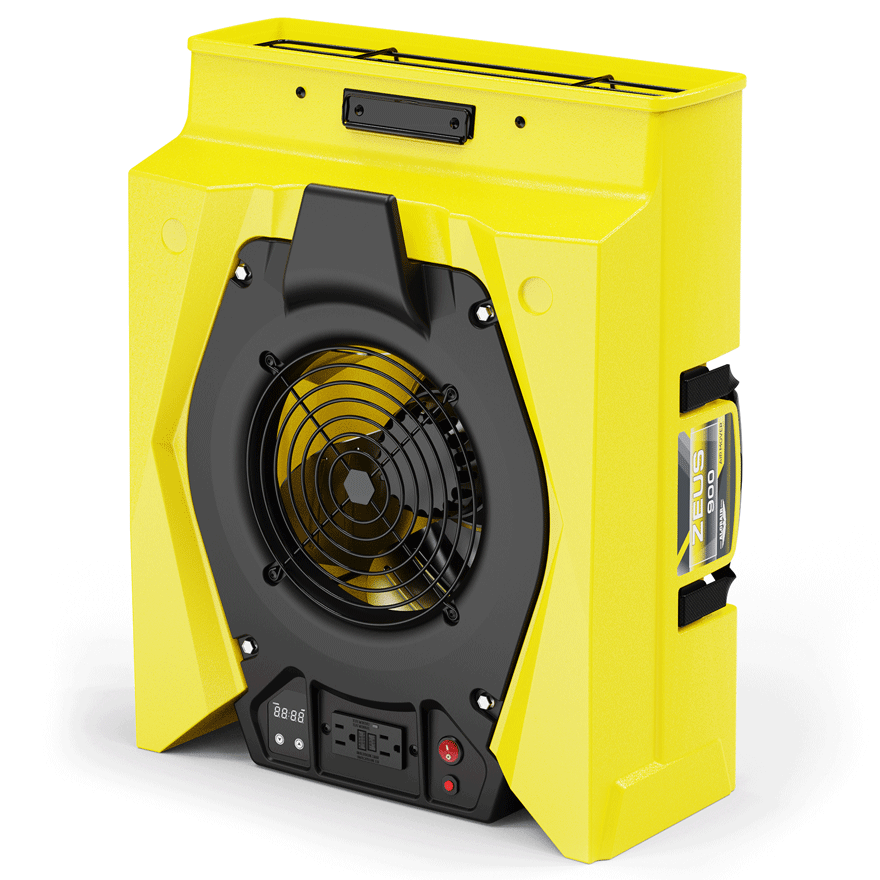
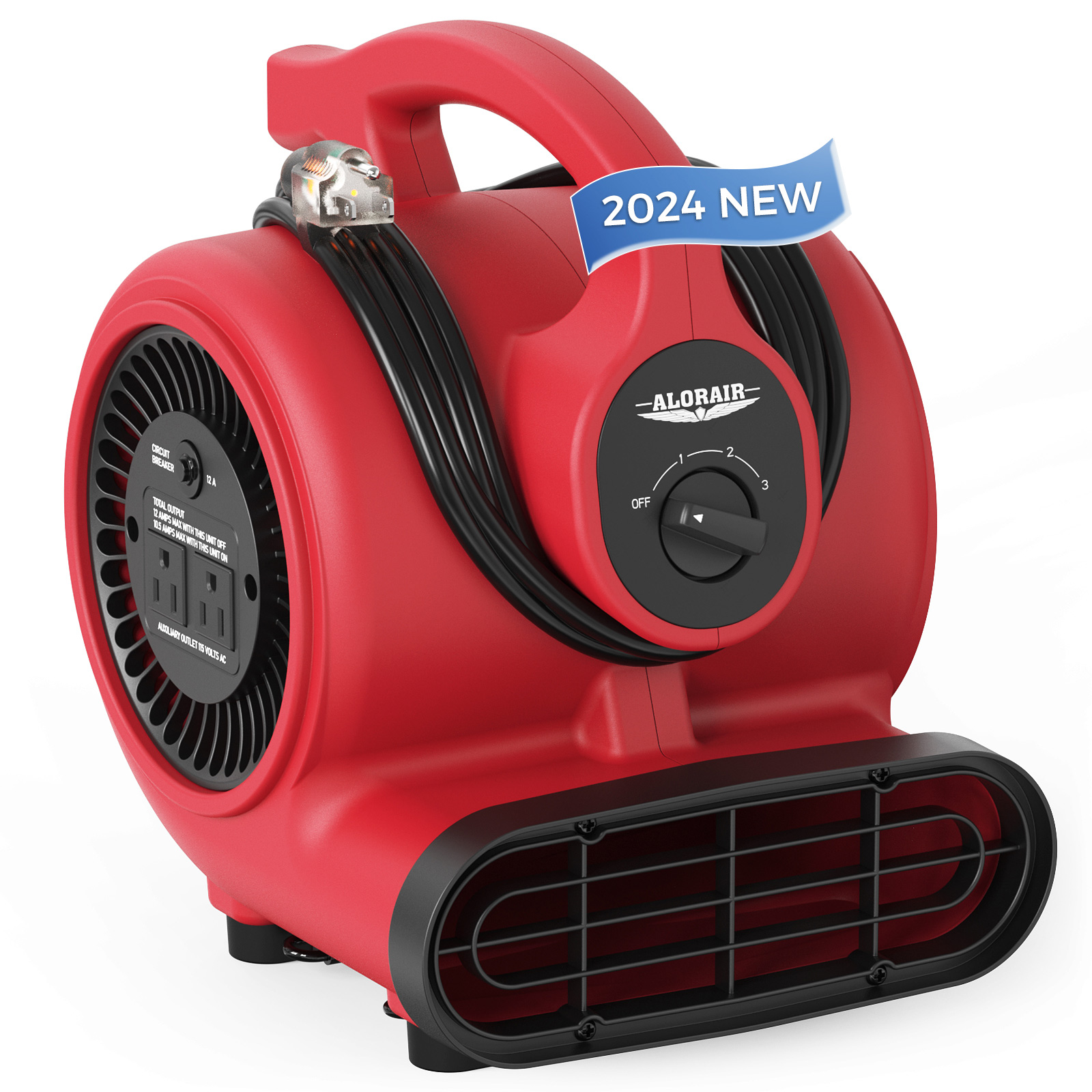
.webp)
.webp)
.webp)
.webp)
.jpg)
.jpg)
.jpg)
.jpg)
.jpg)
.jpg)
.jpg)
.jpg)
.jpg)
.jpg)
.jpg)
.jpg)
.jpg)

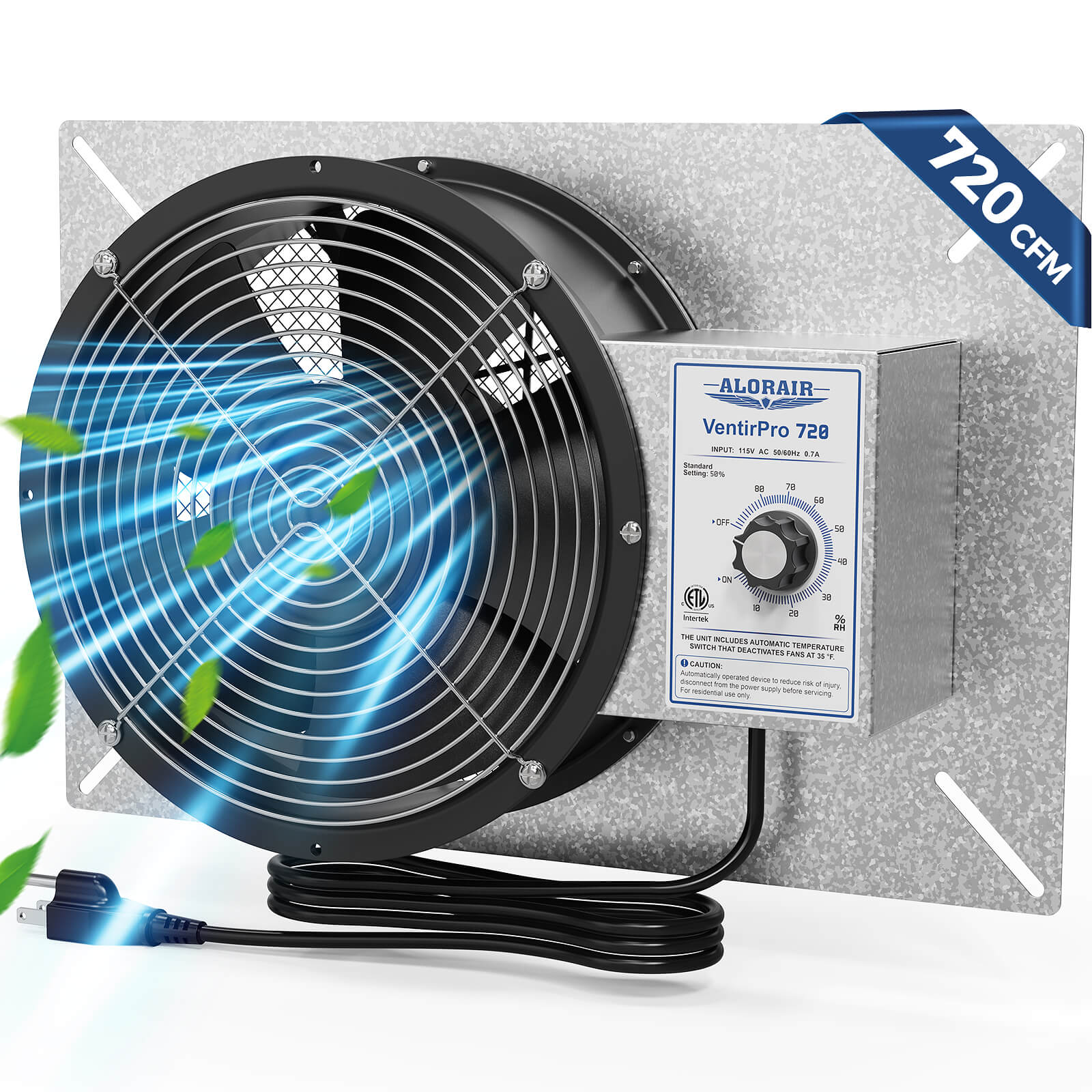
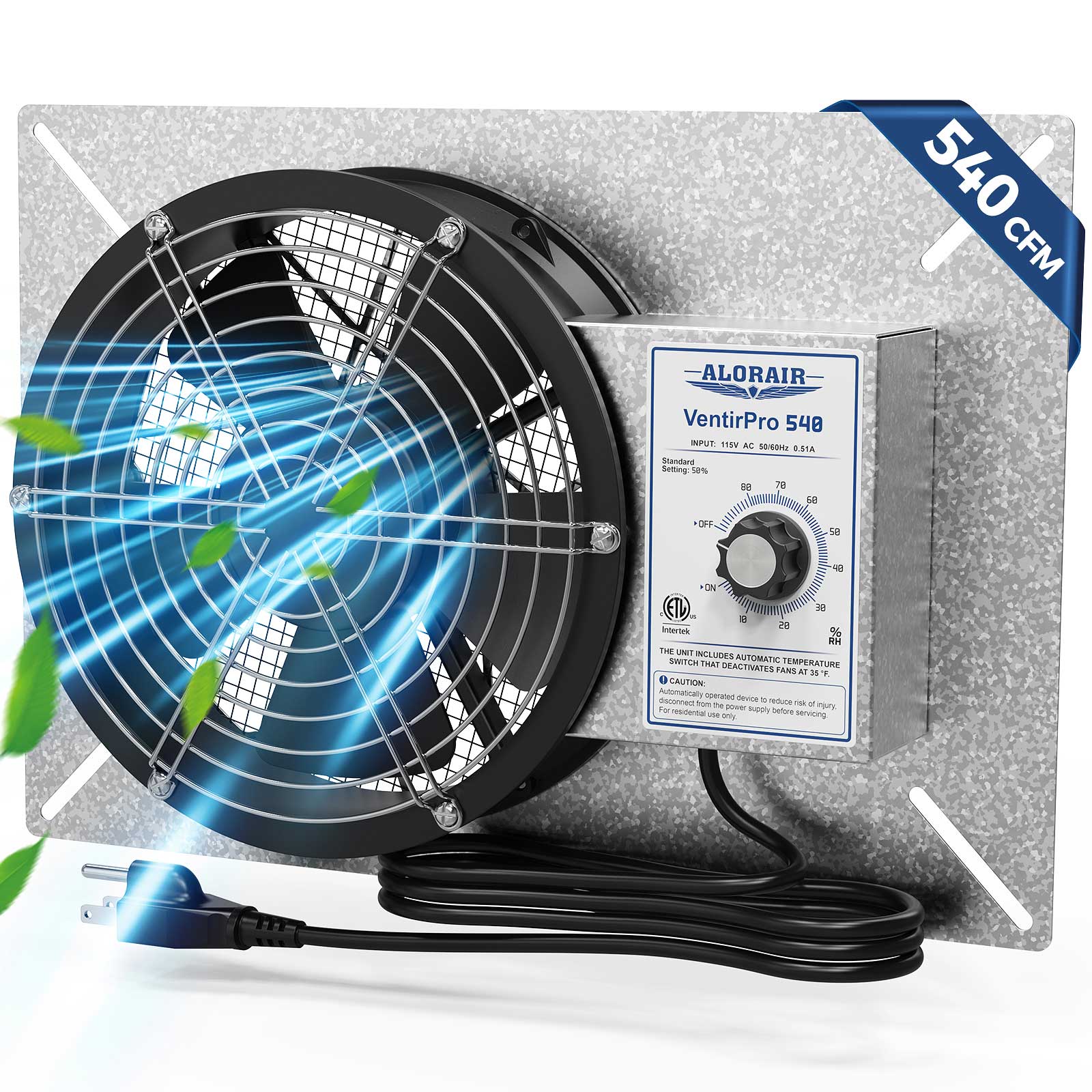
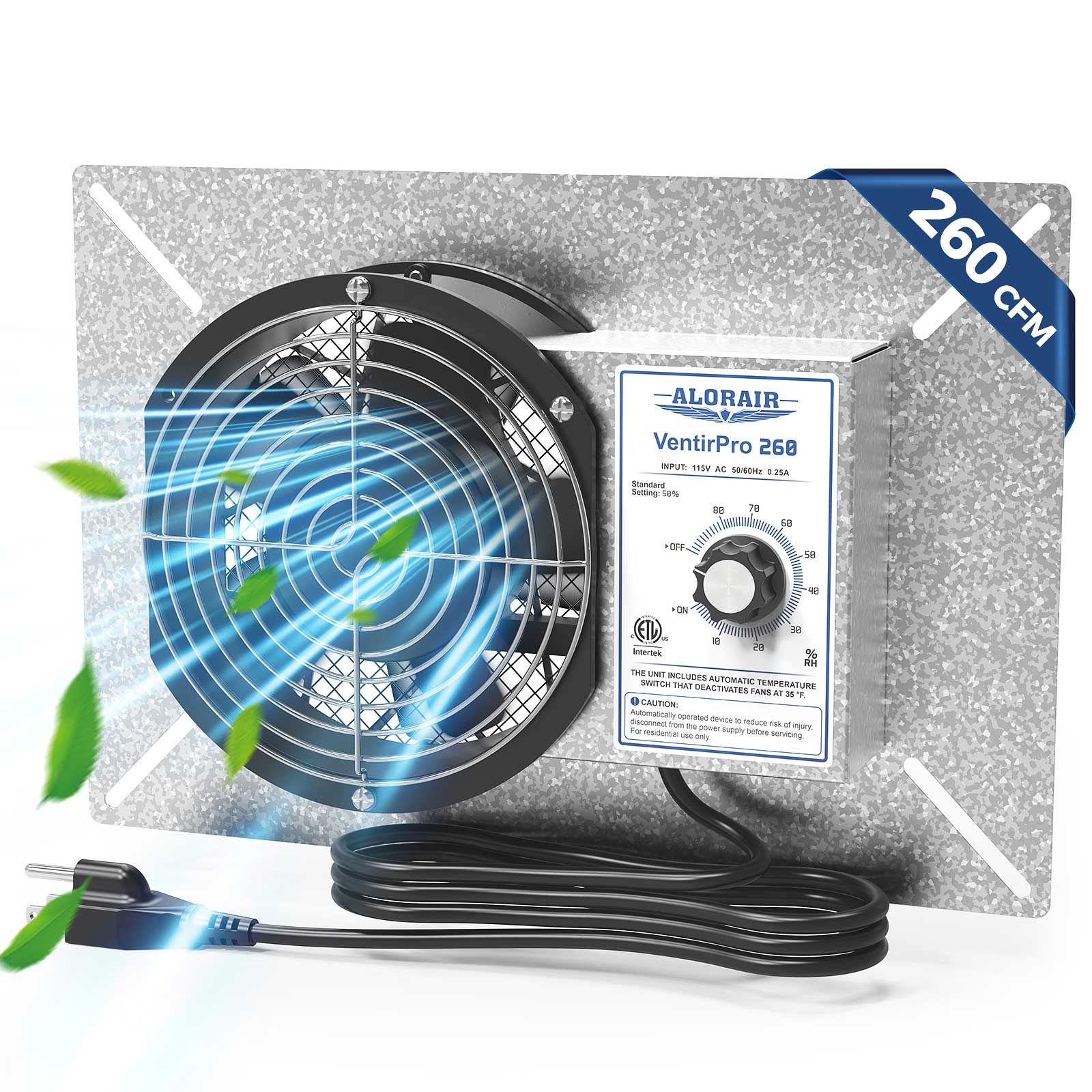
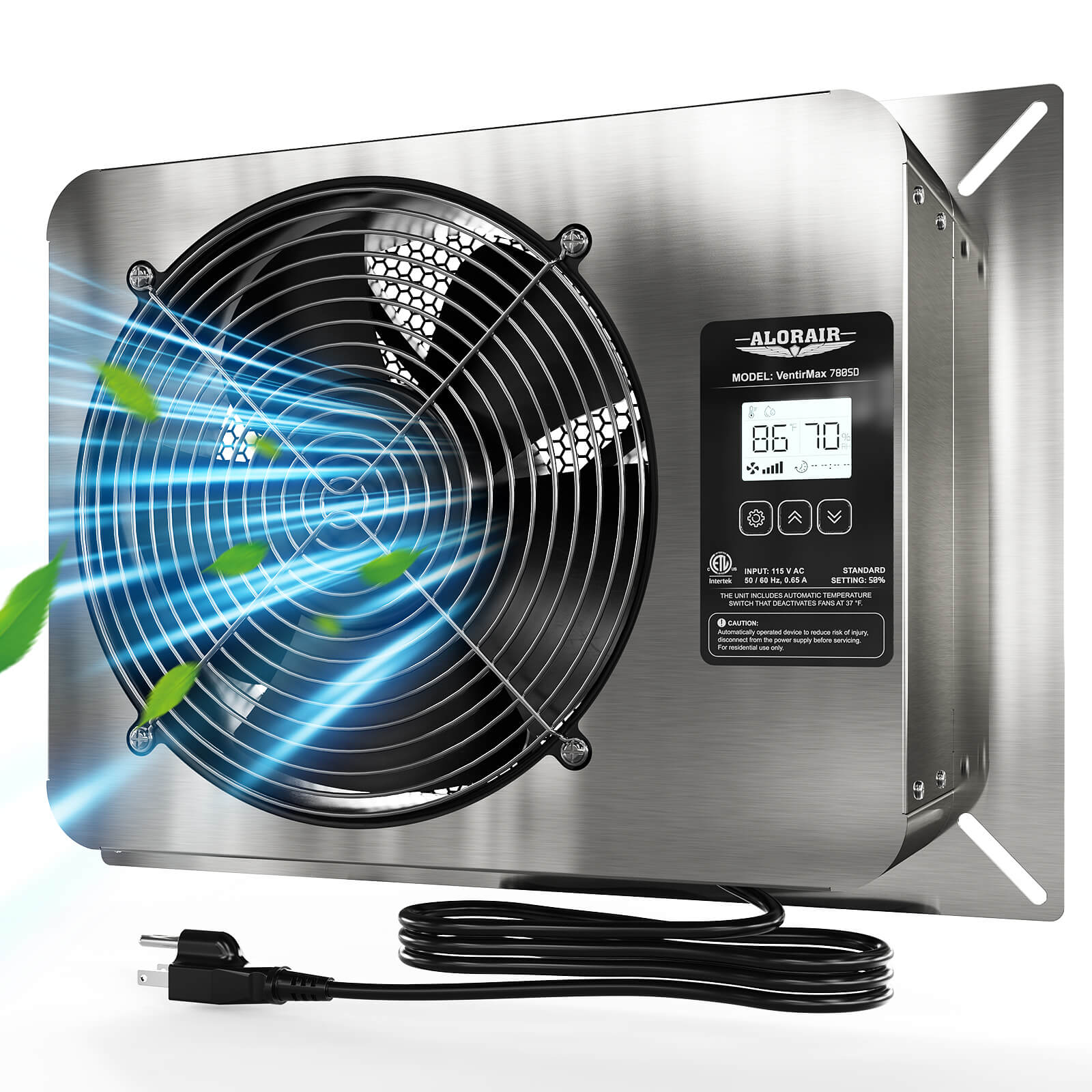
.jpg)
.jpg)
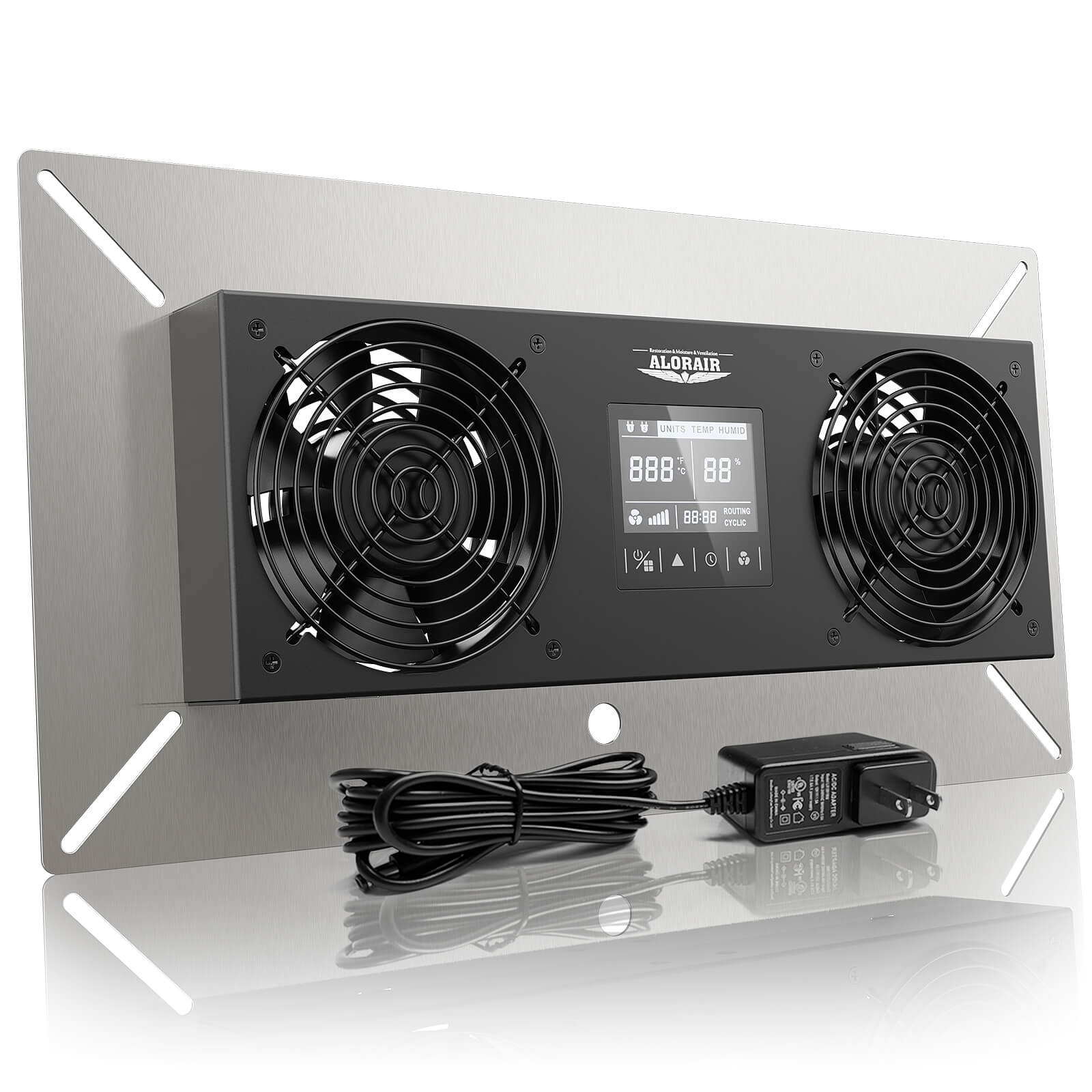
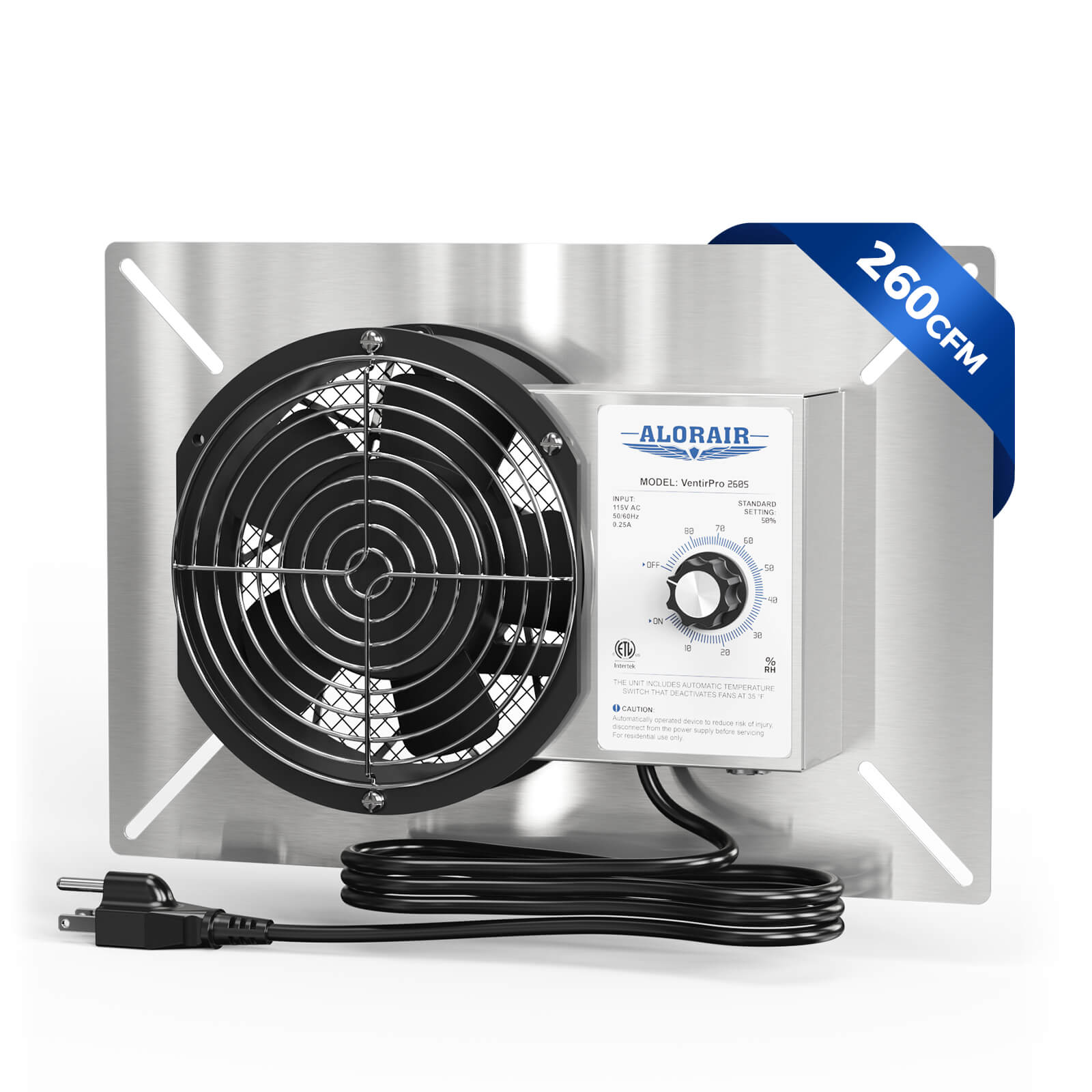
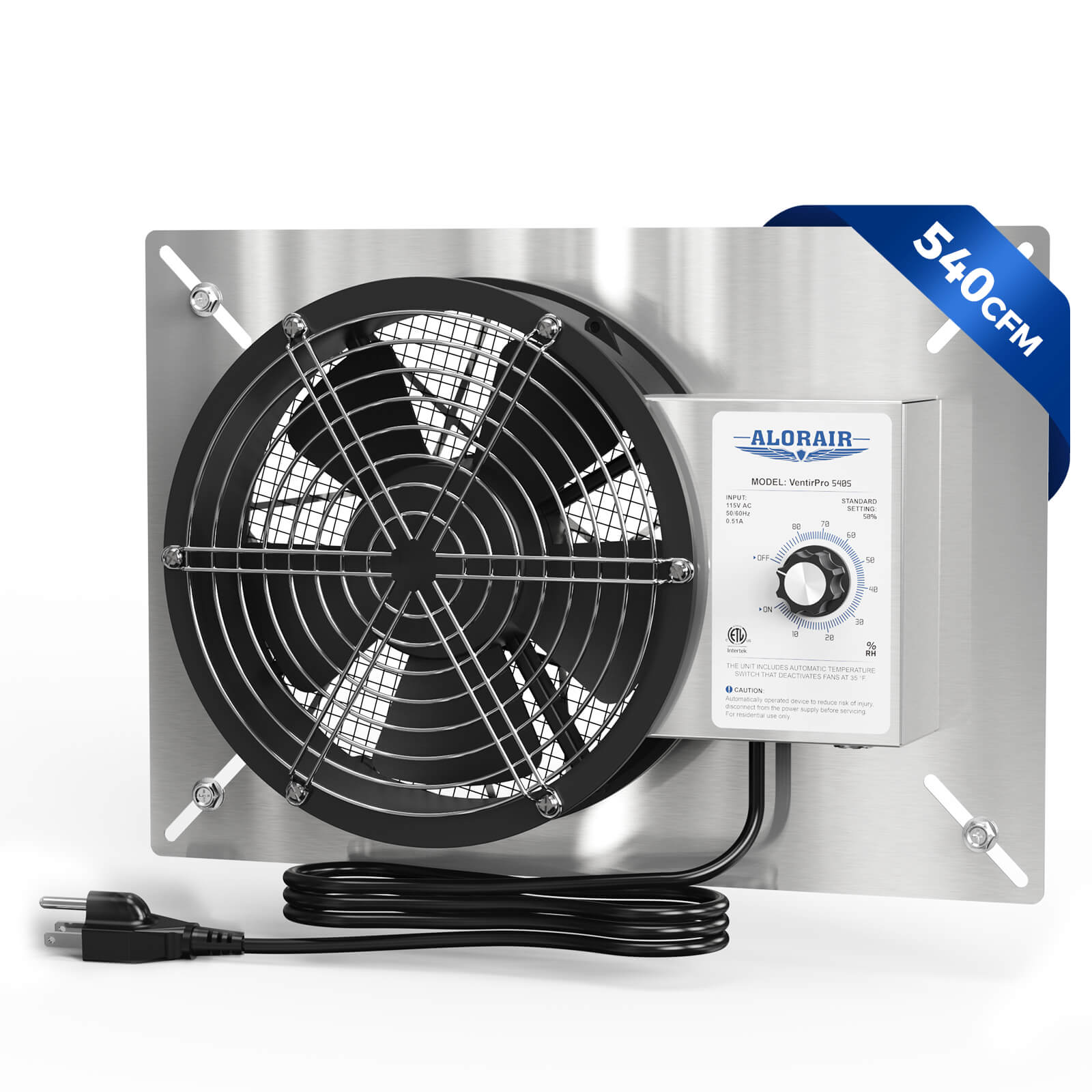
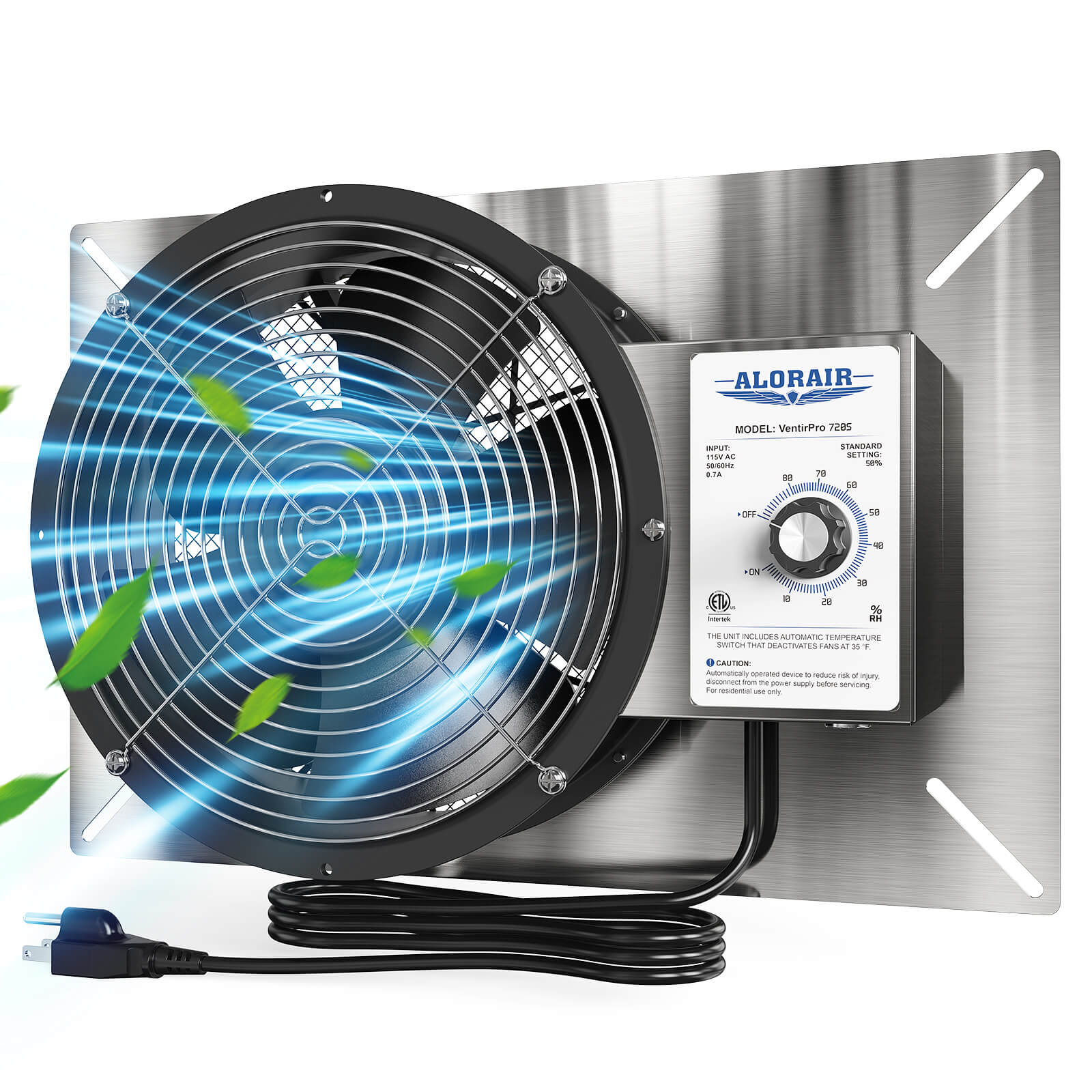

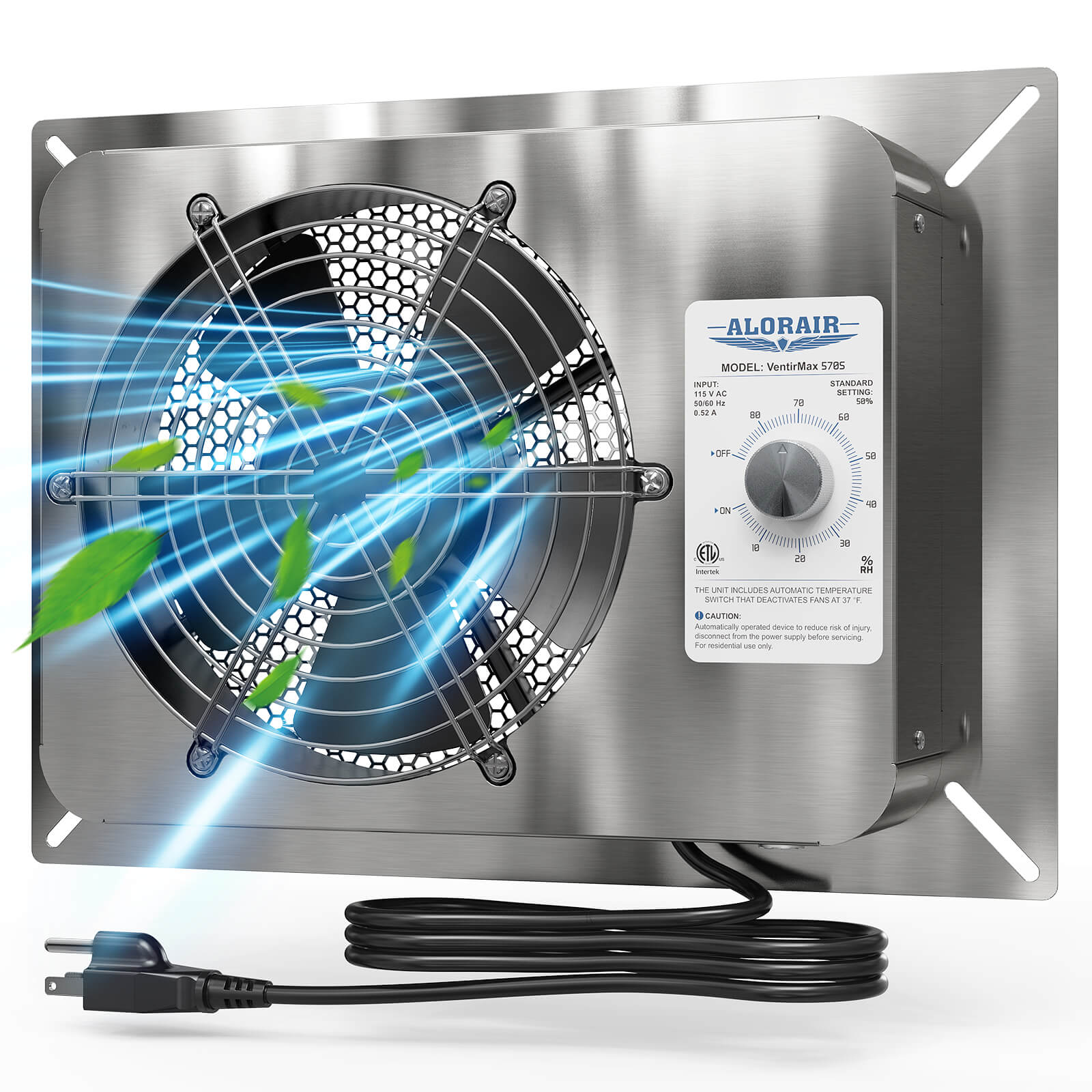
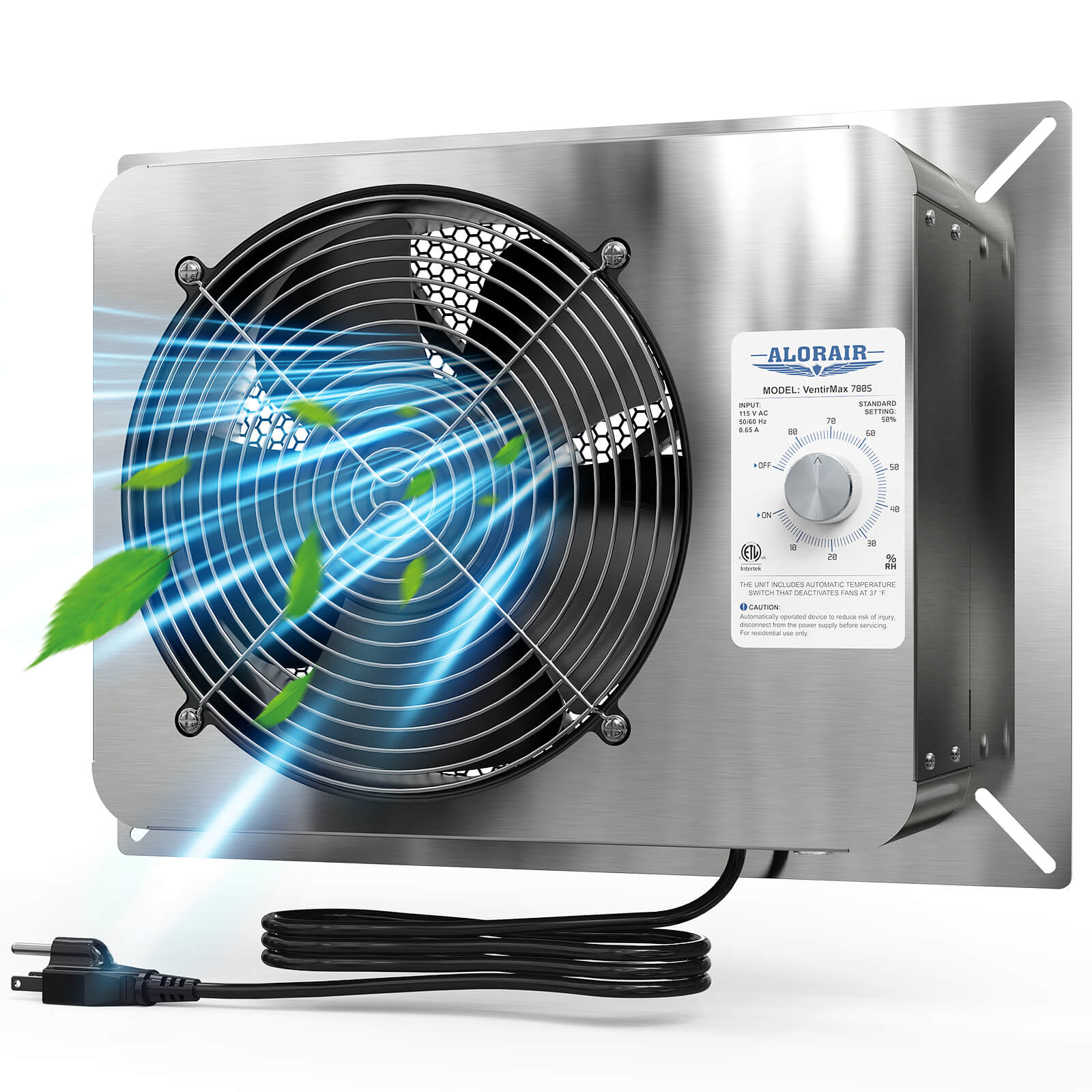
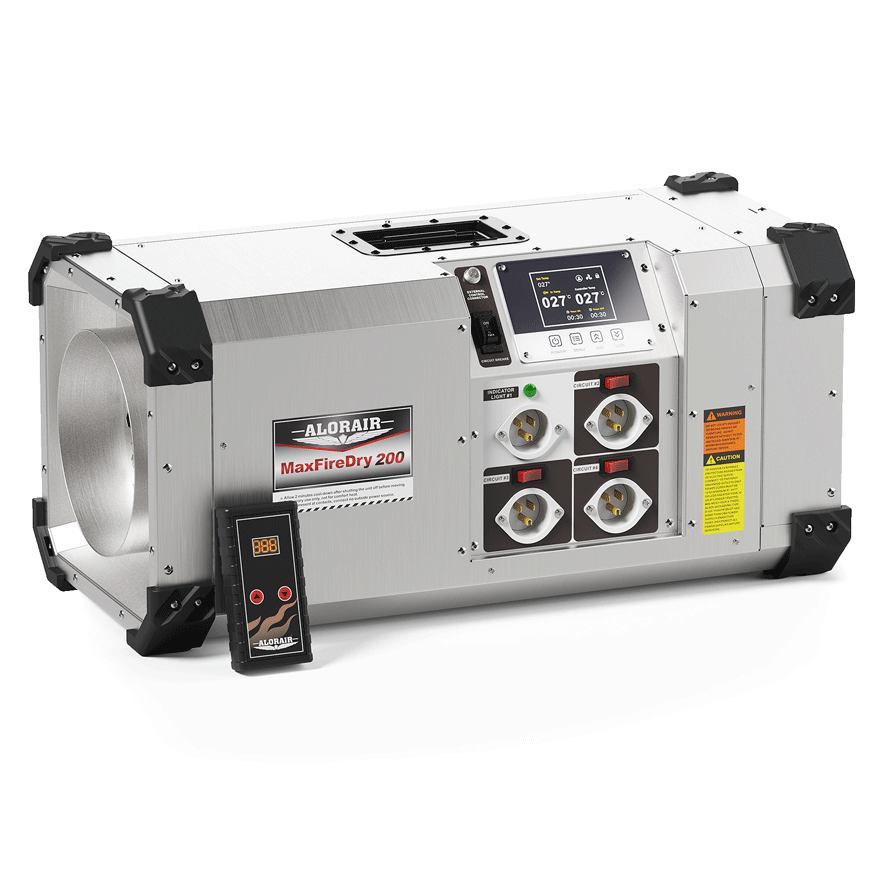




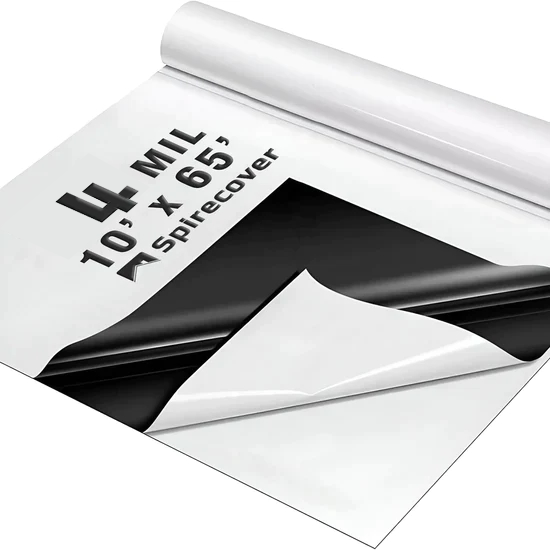
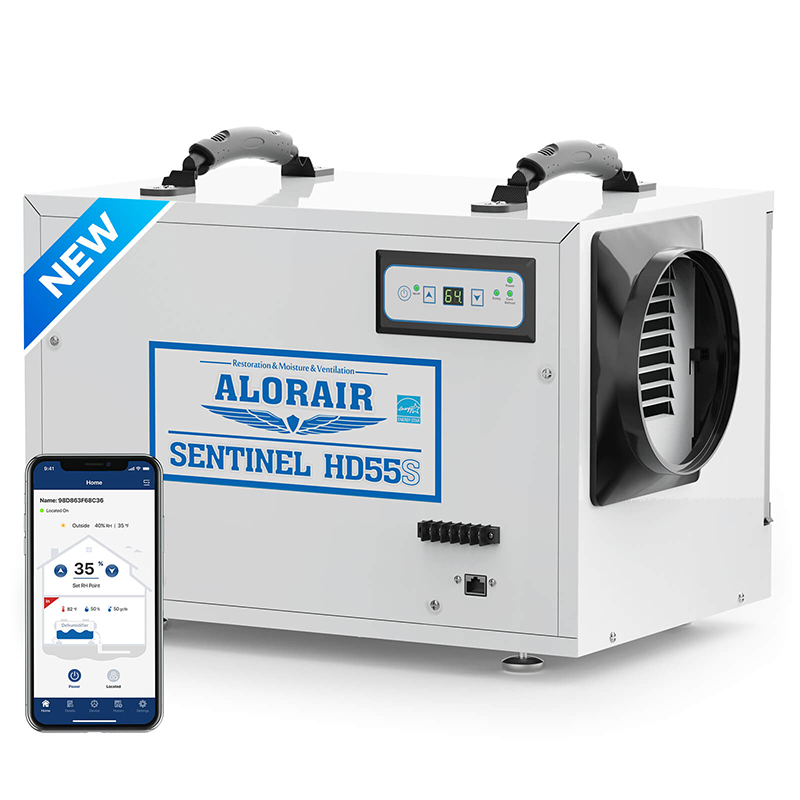

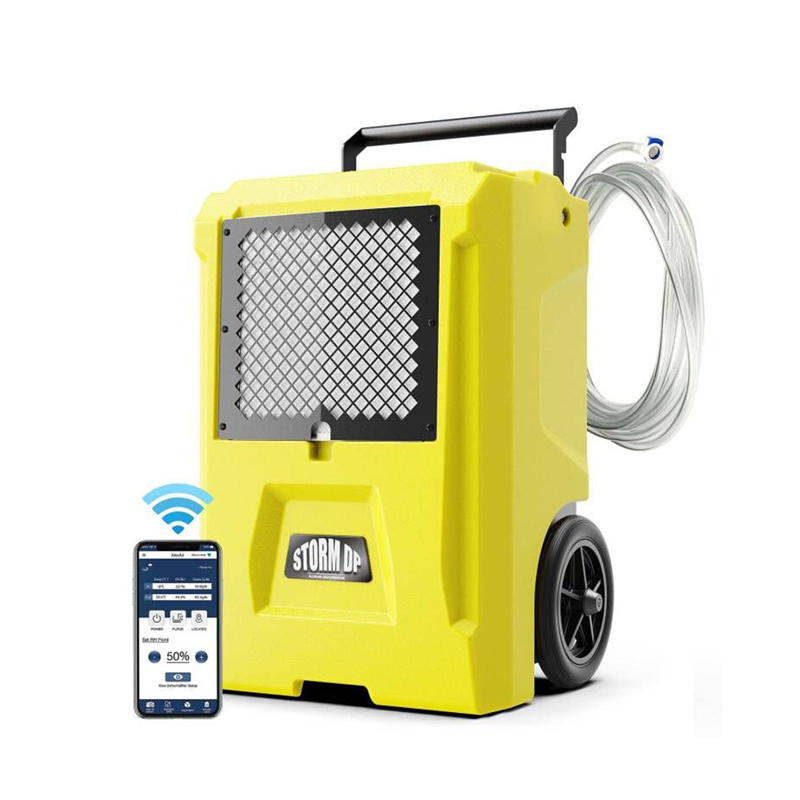
-.jpg)
.jpg)
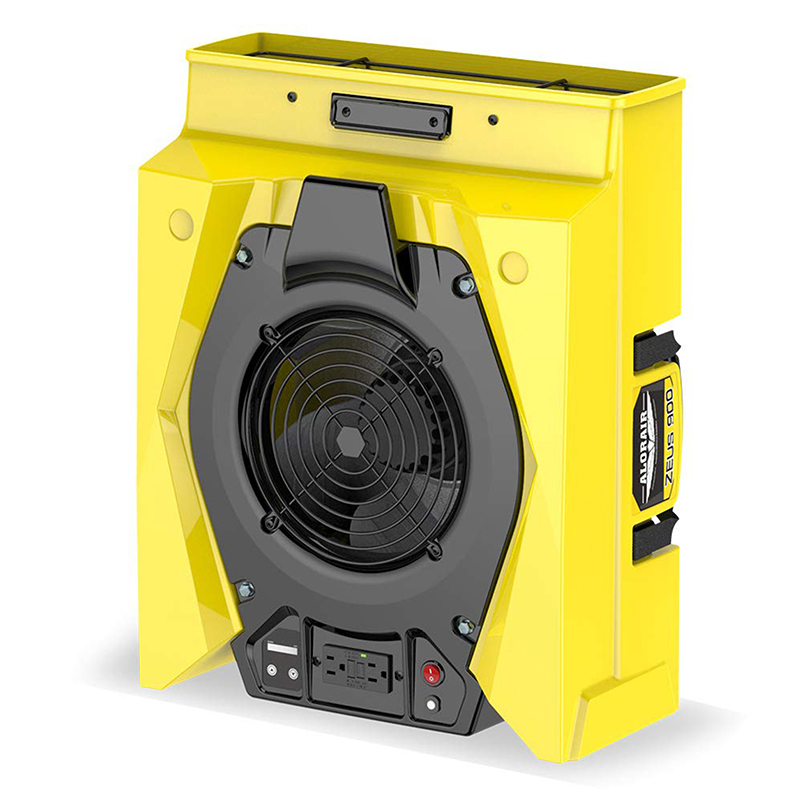
.jpg)
.jpg)
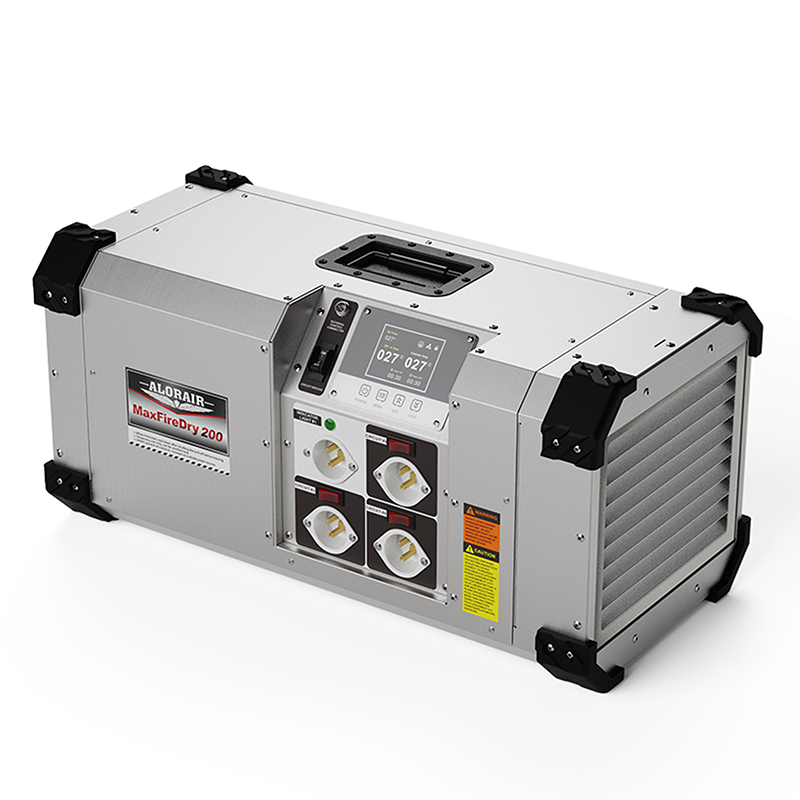
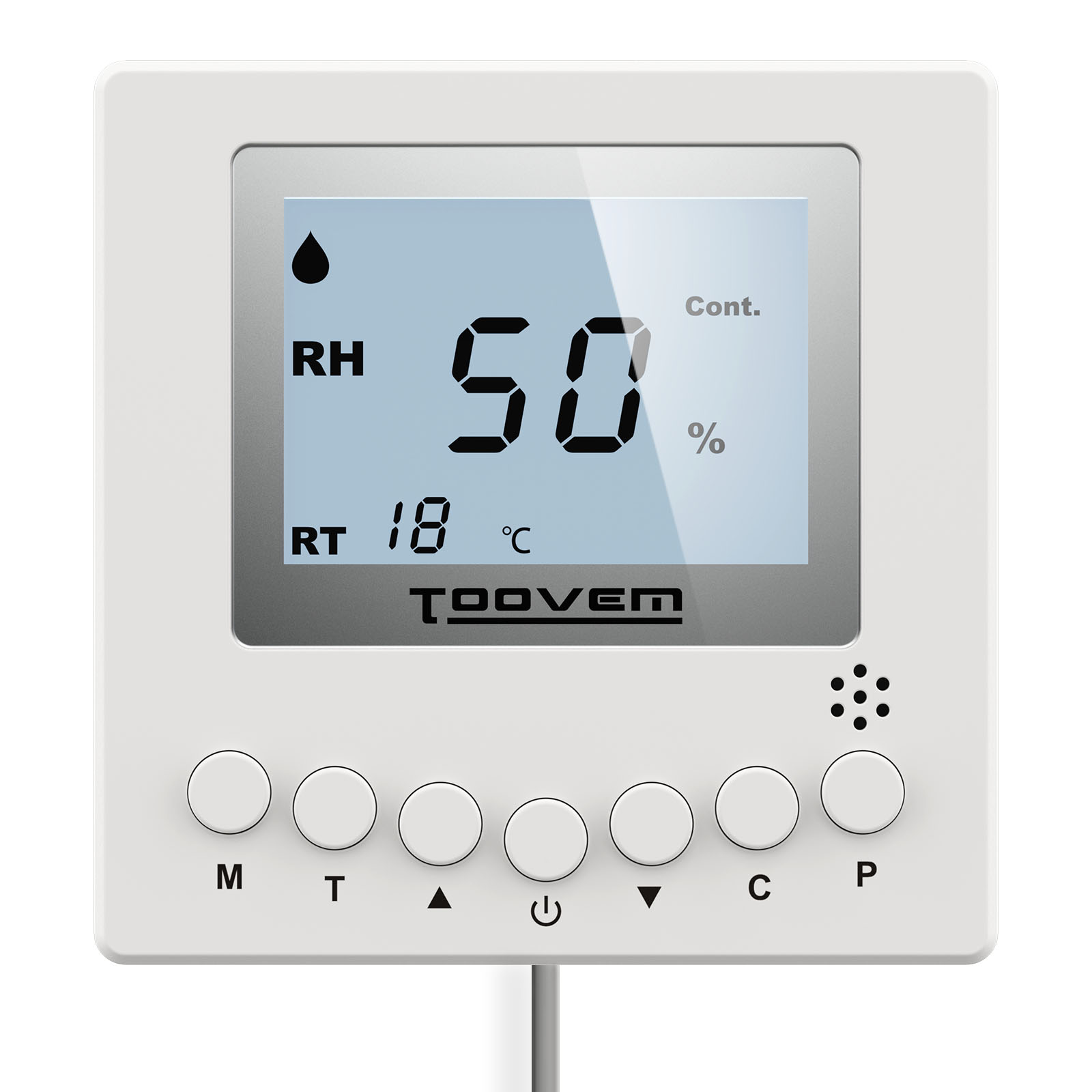
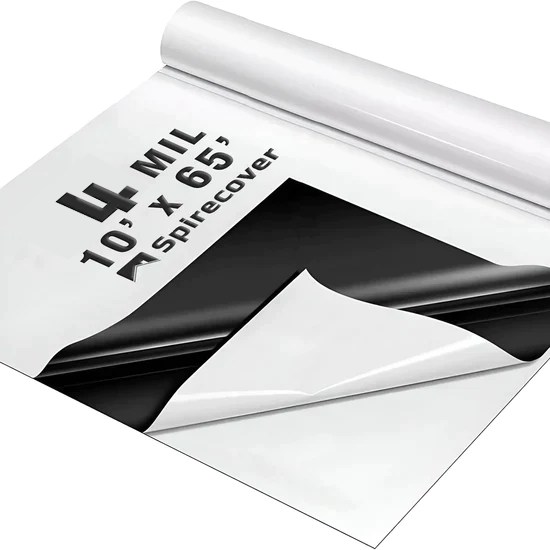
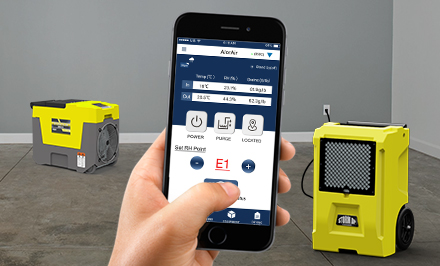
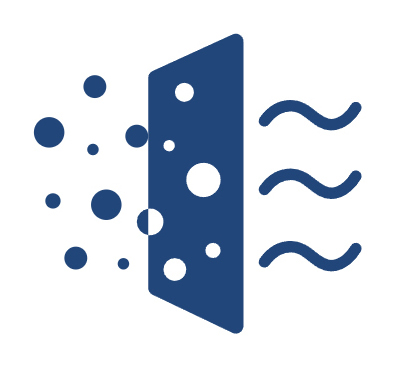
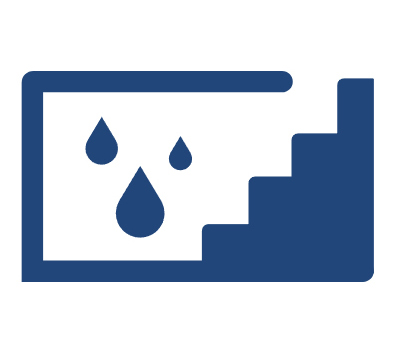

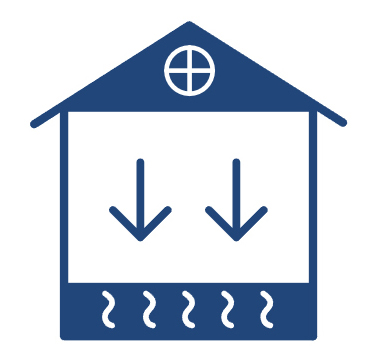










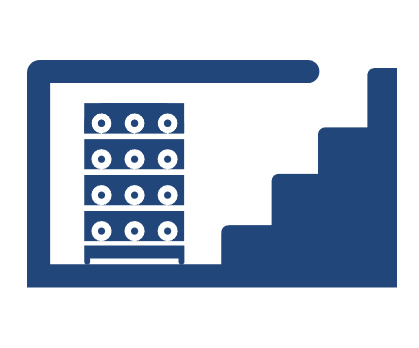



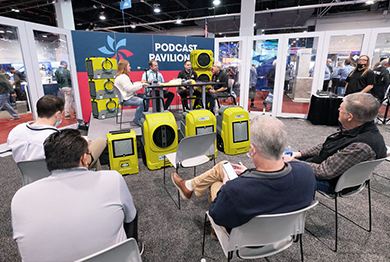





 Exclusive offers
promotions
Exclusive offers
promotions

